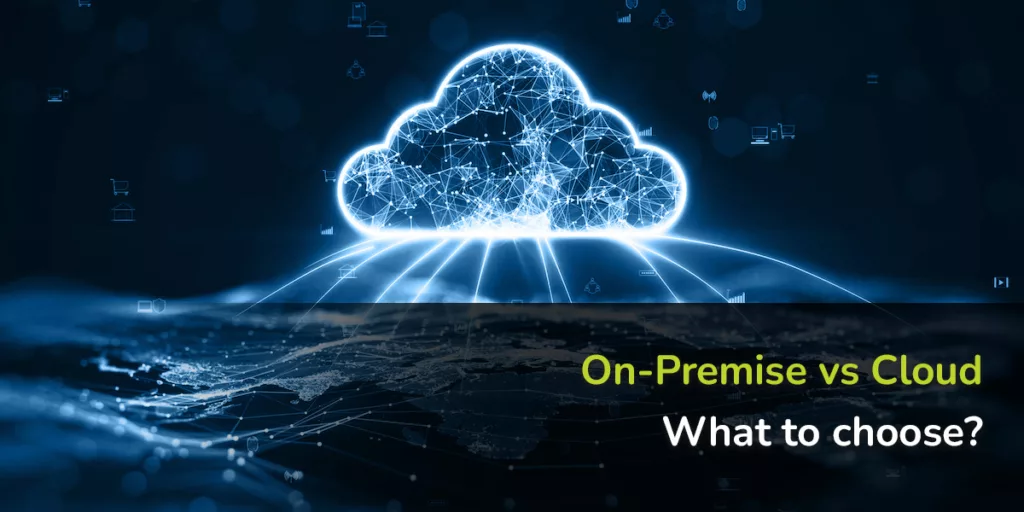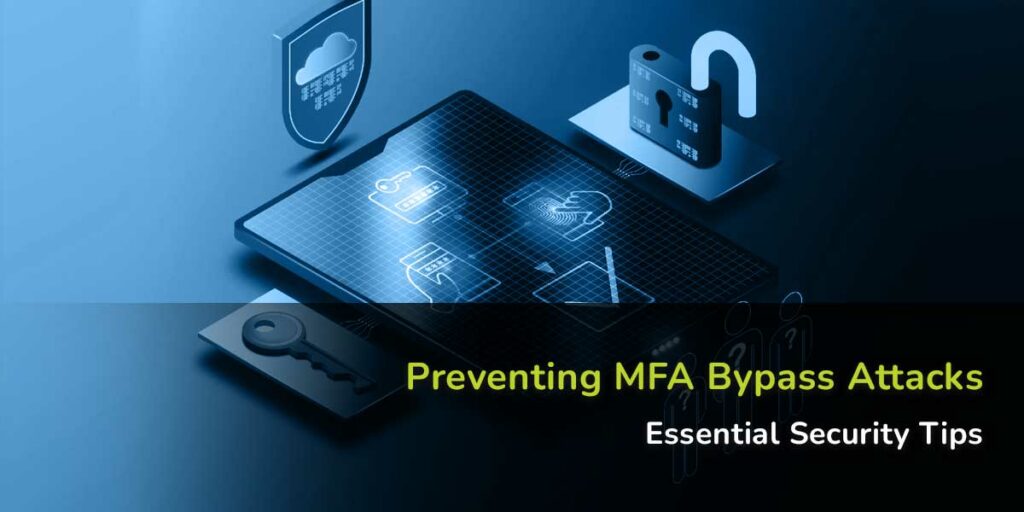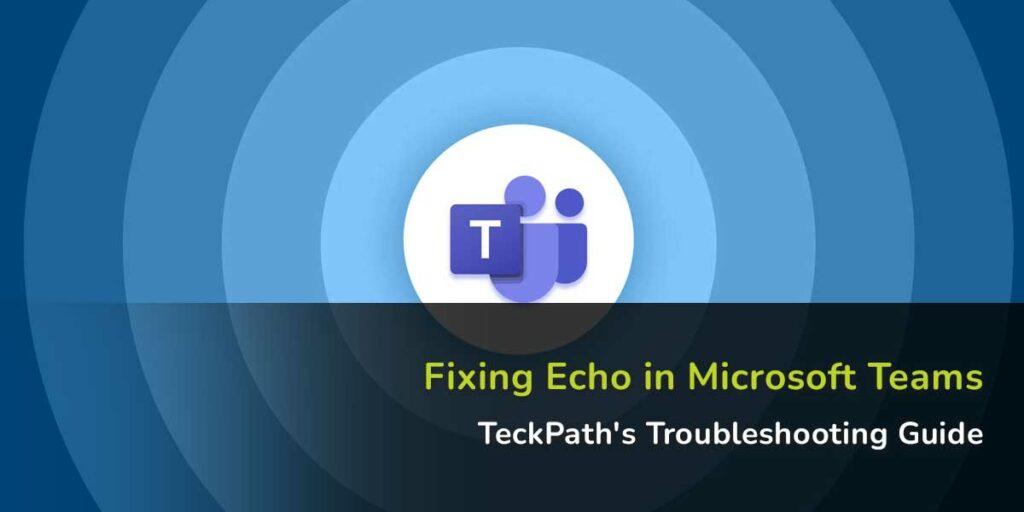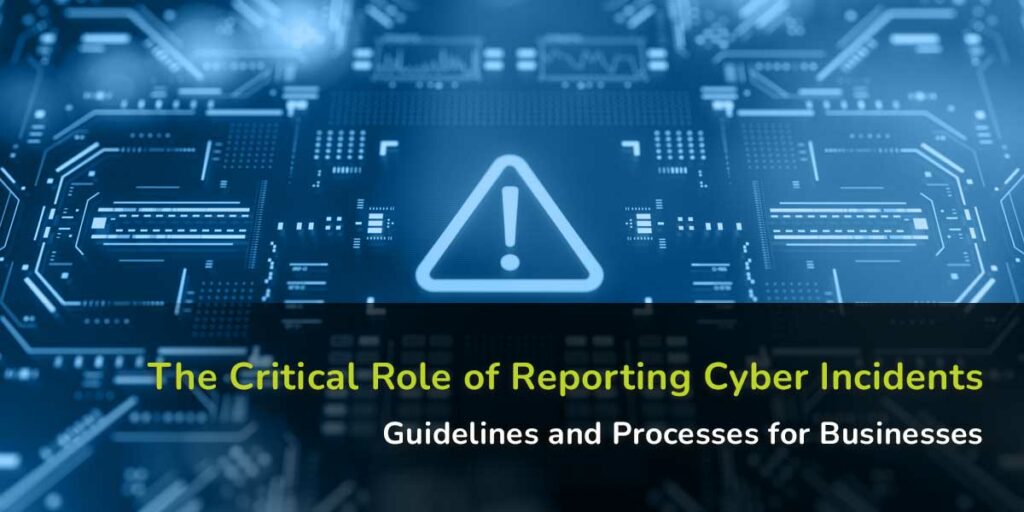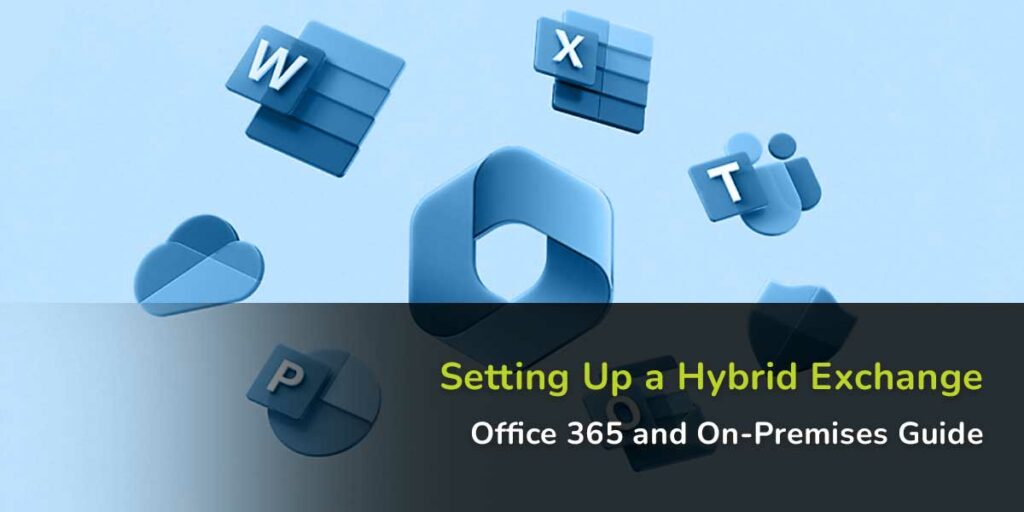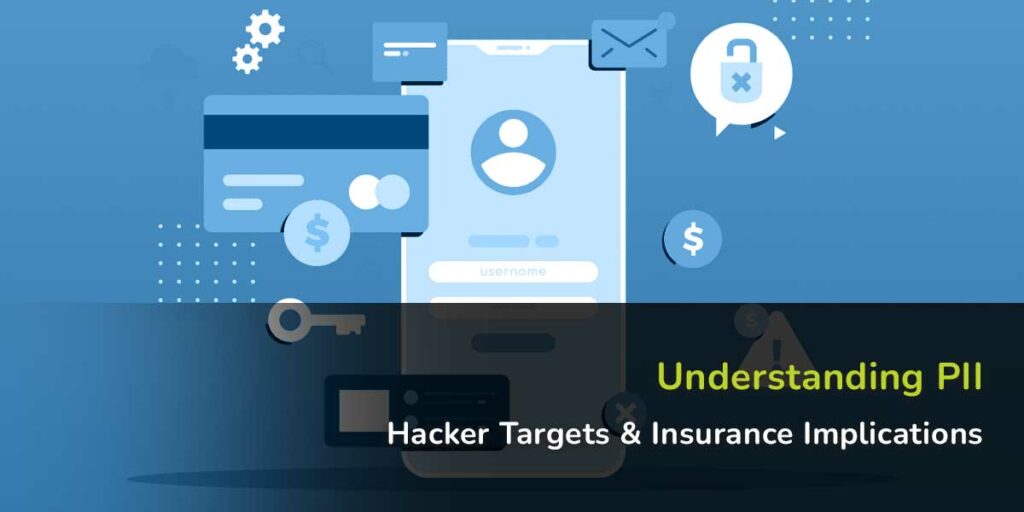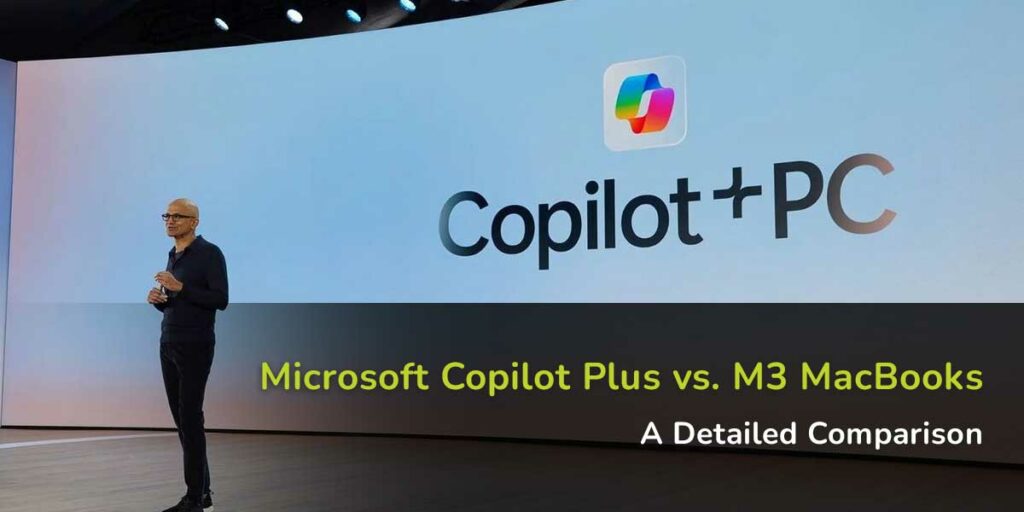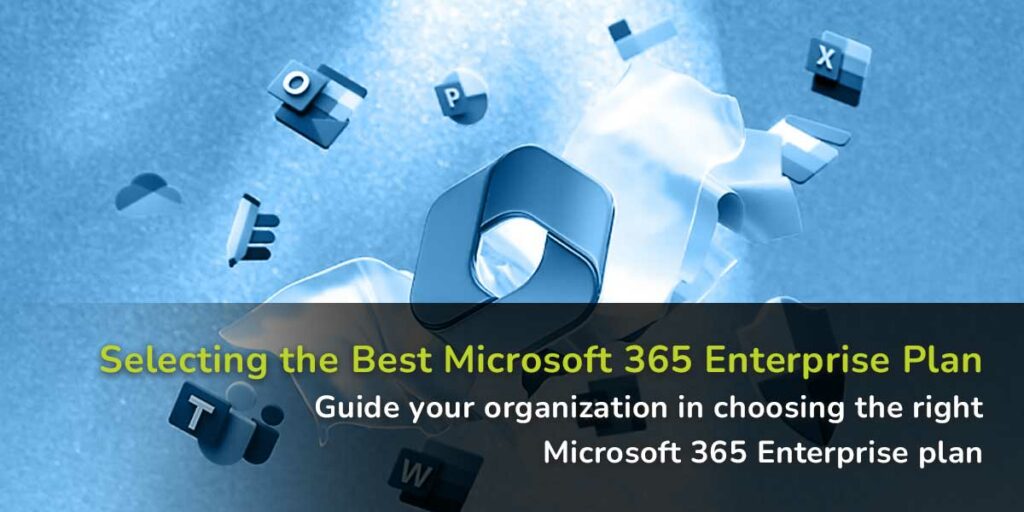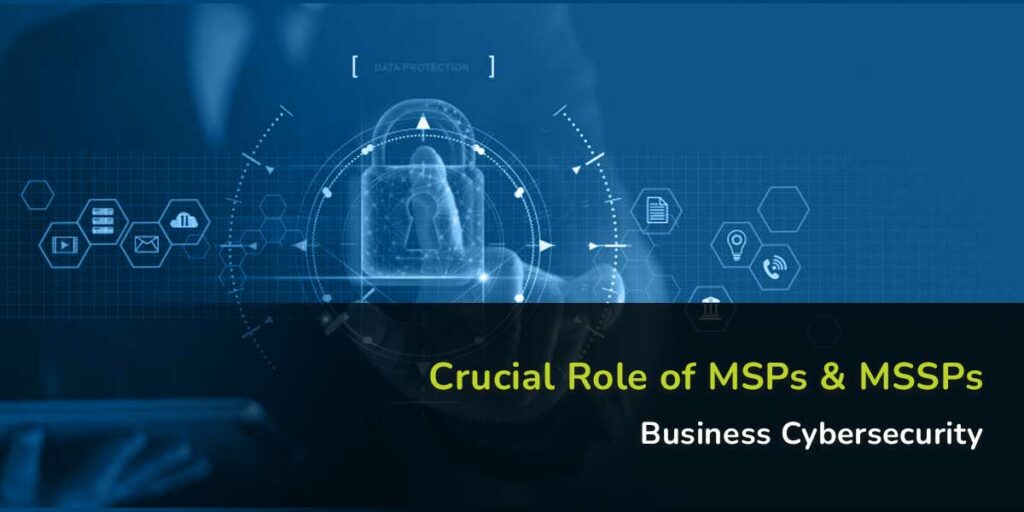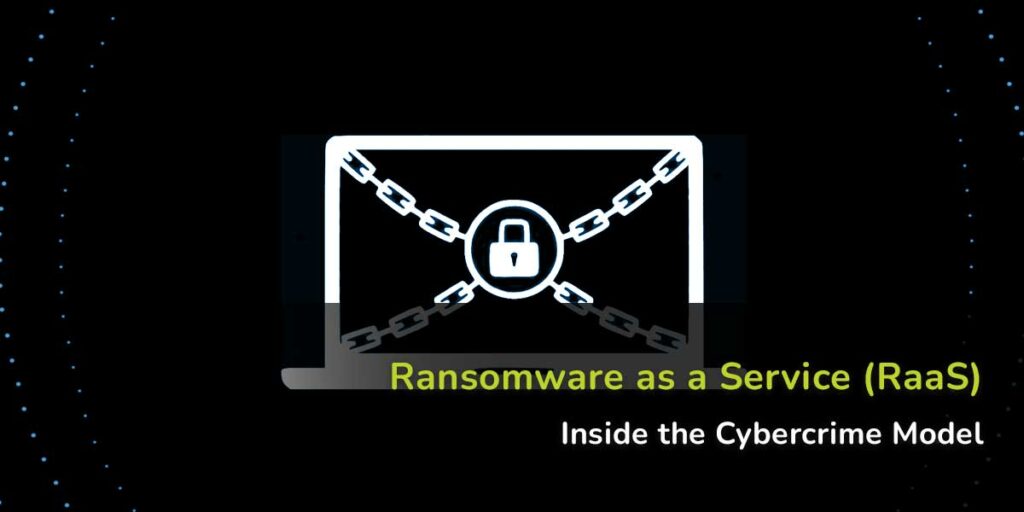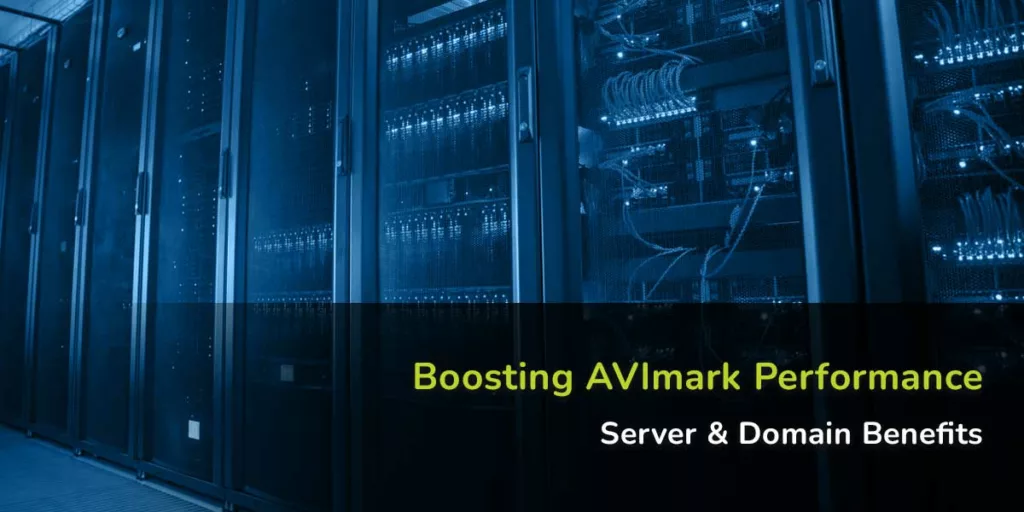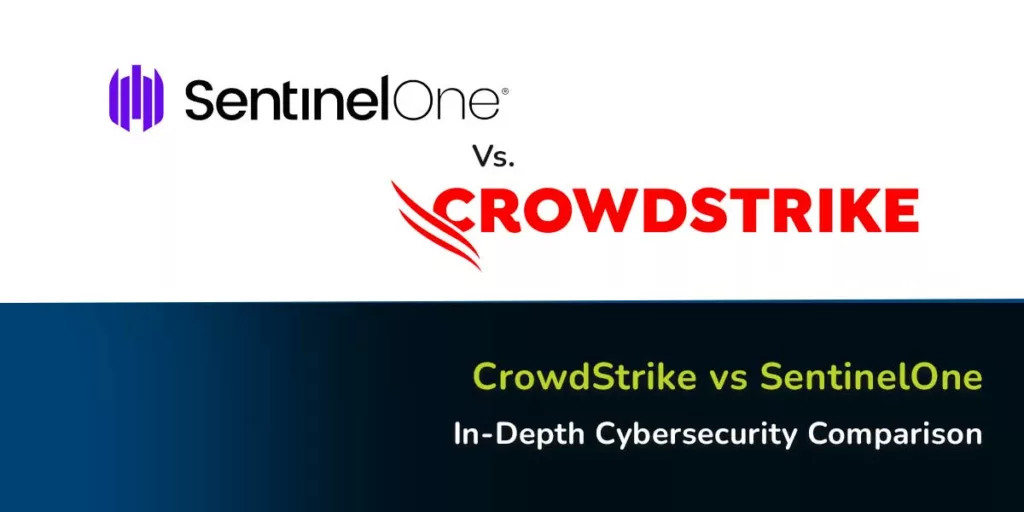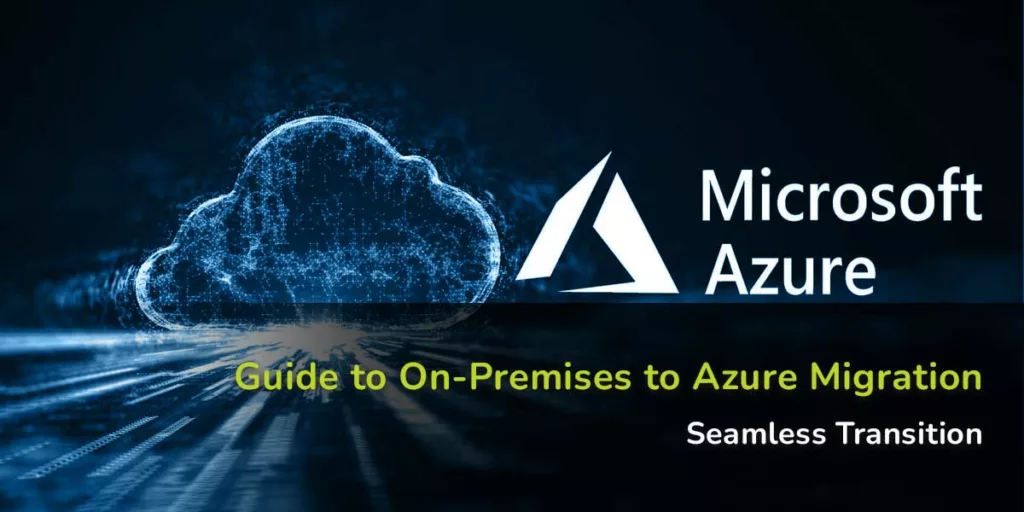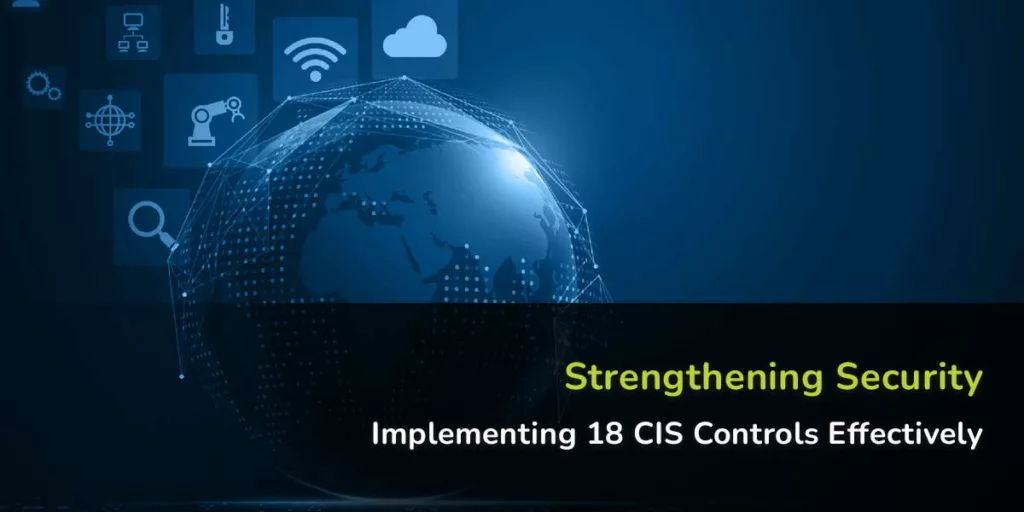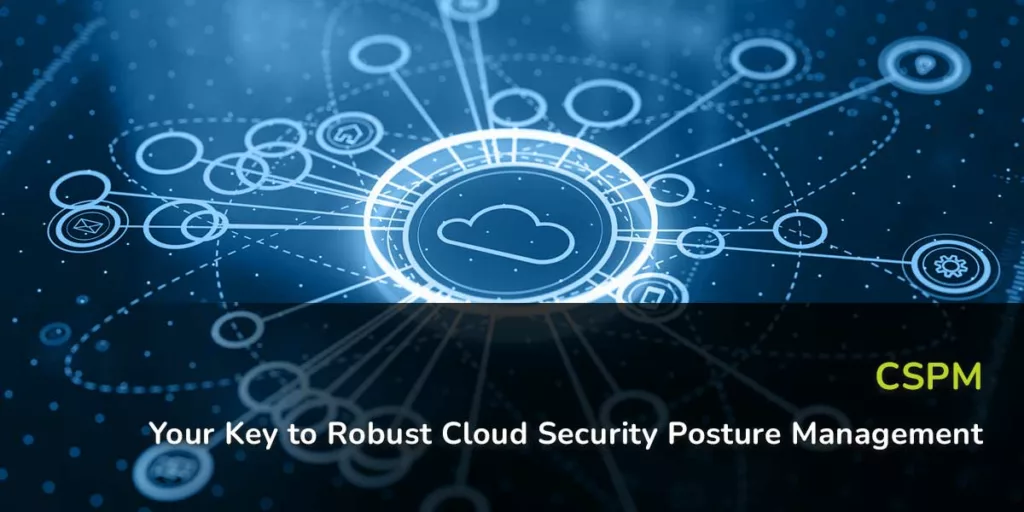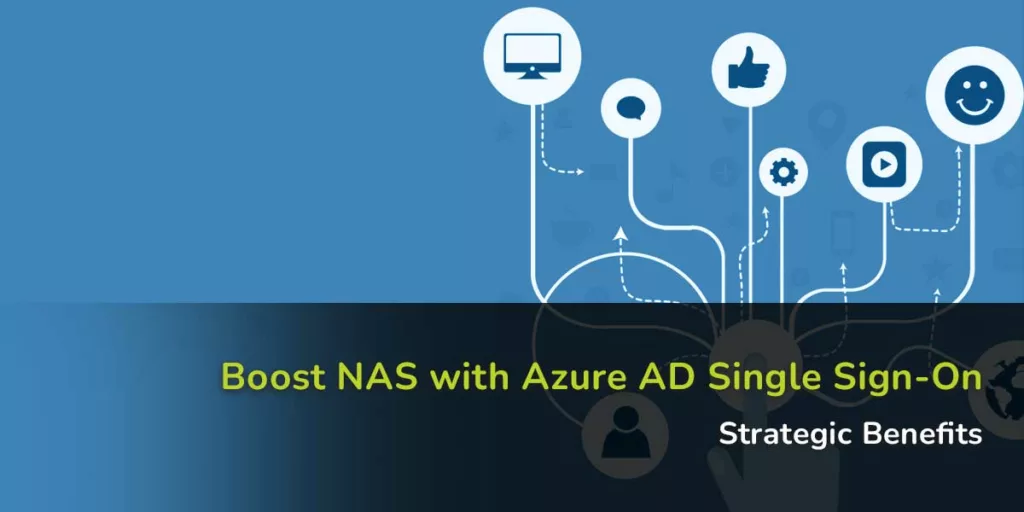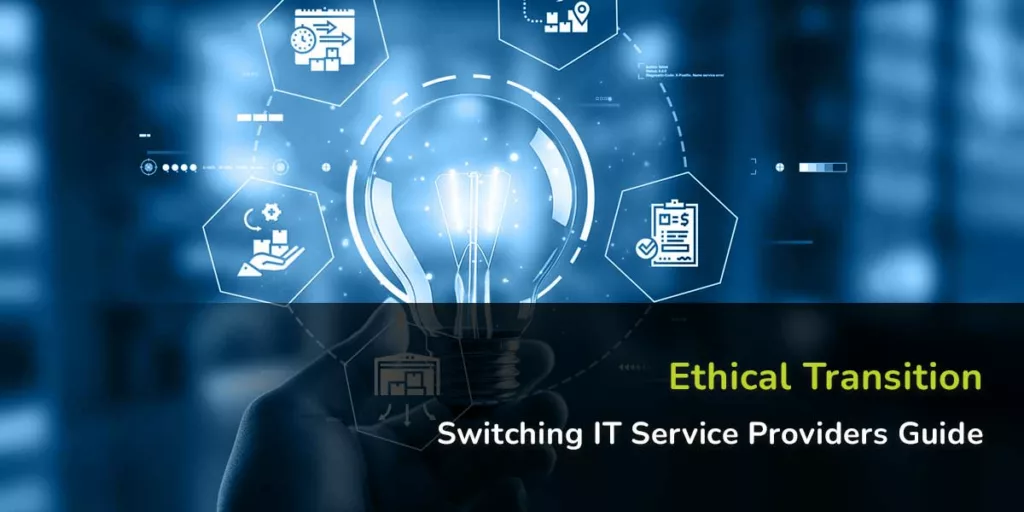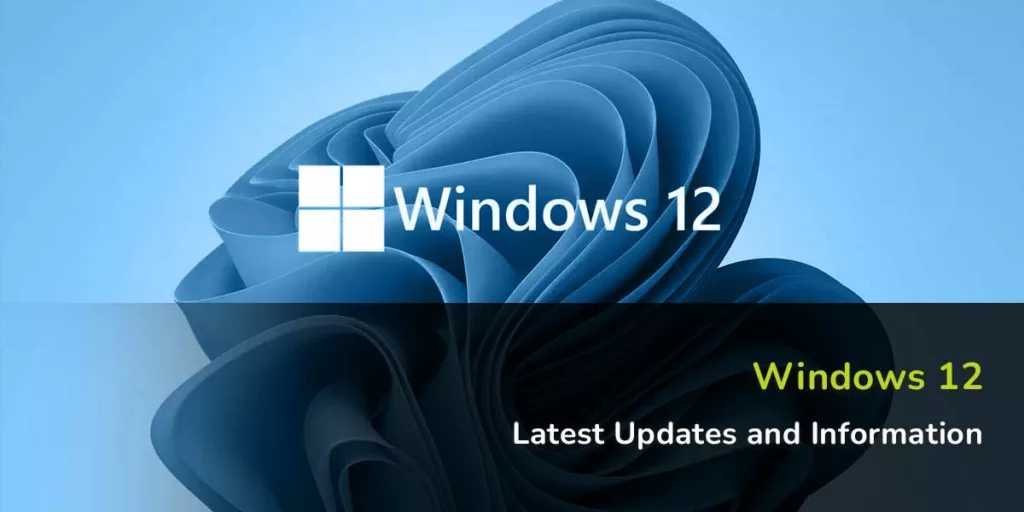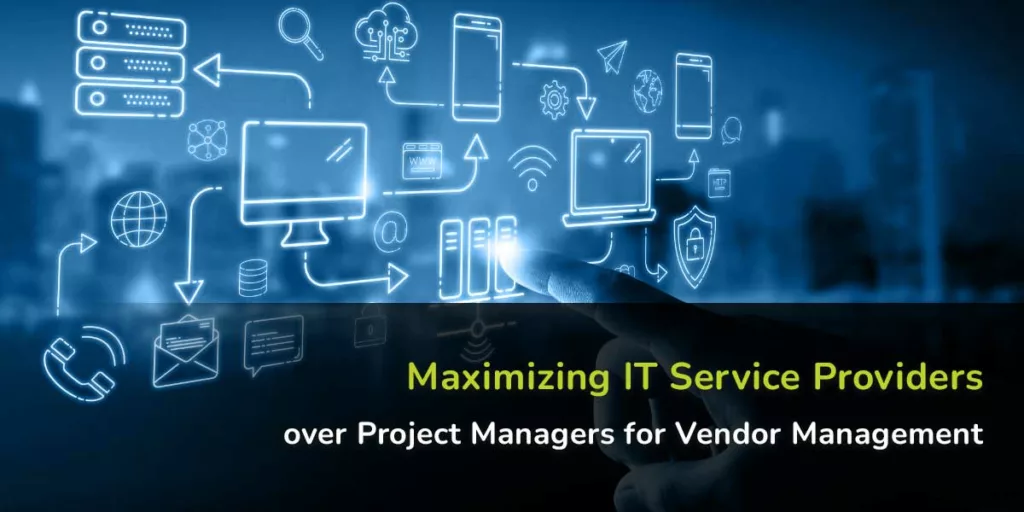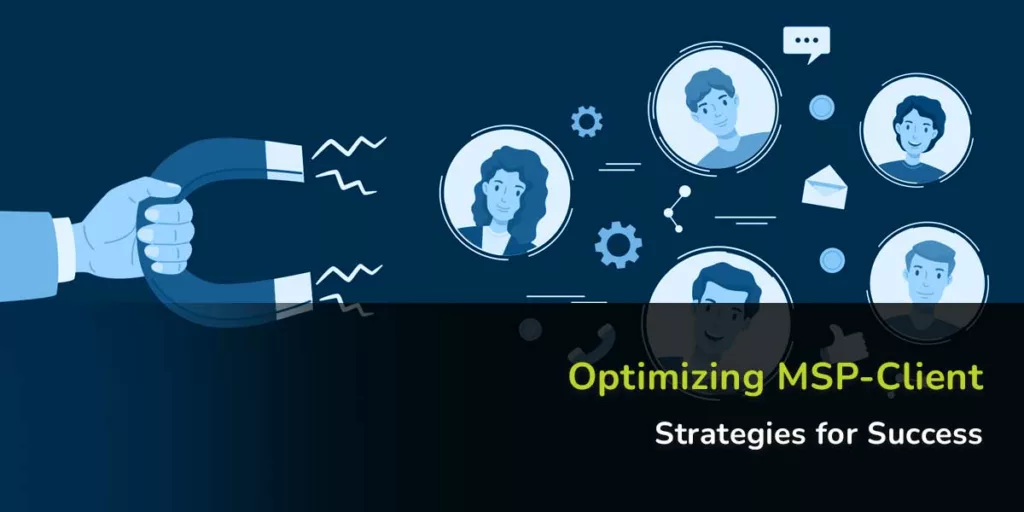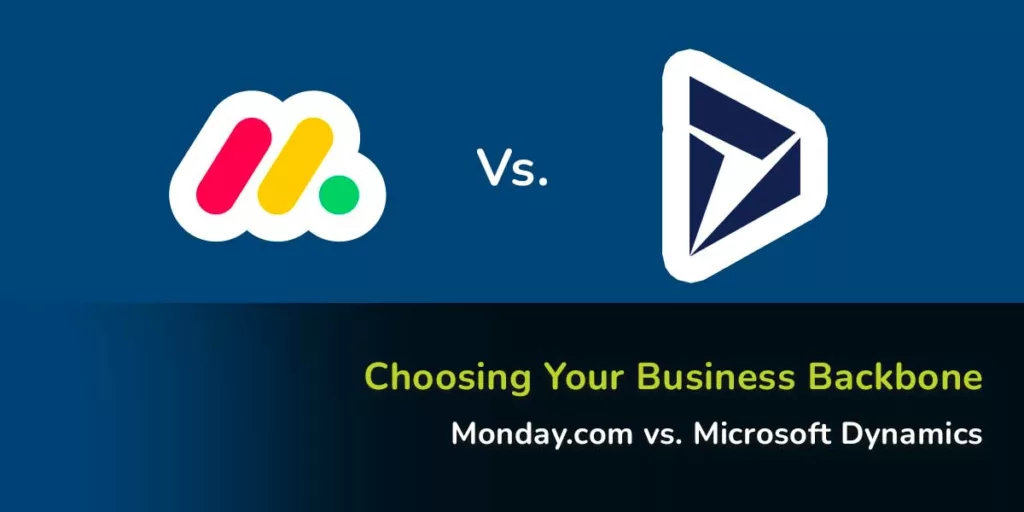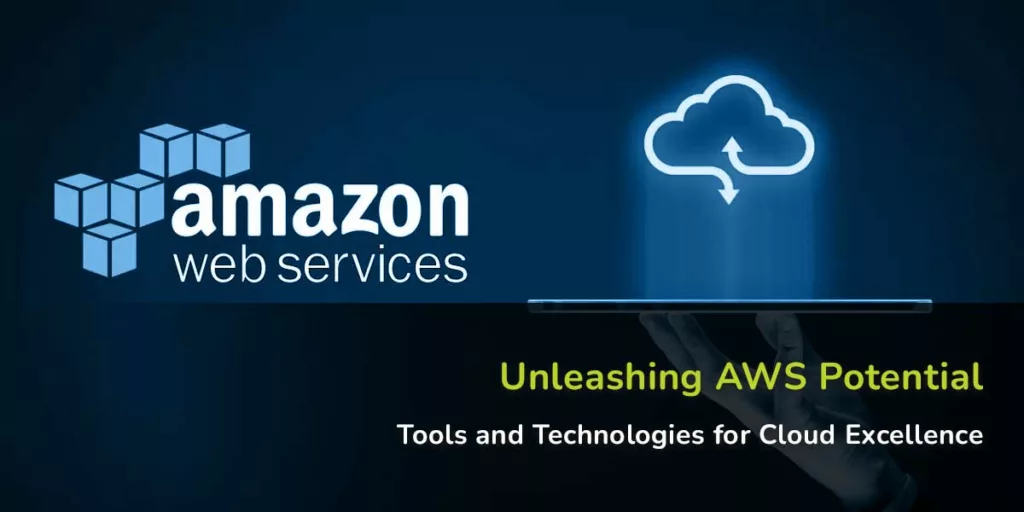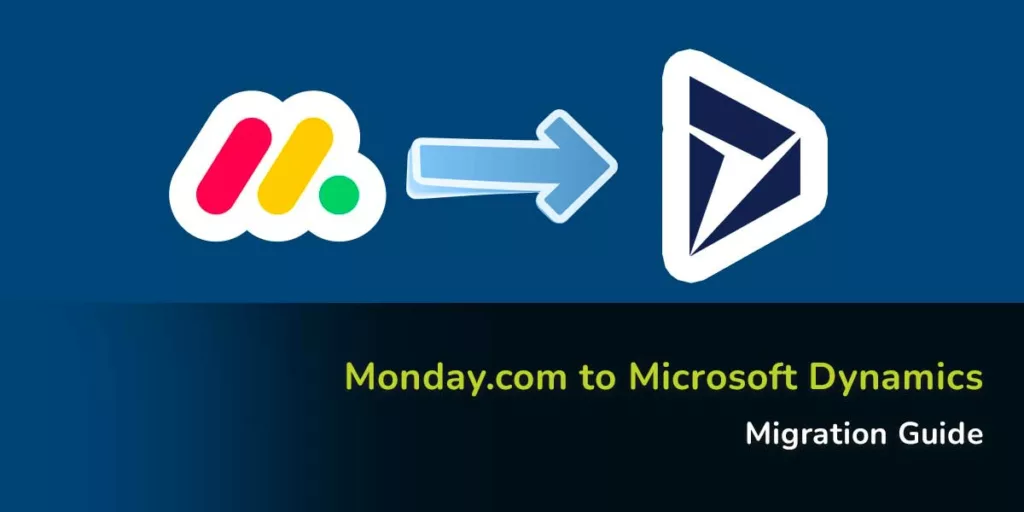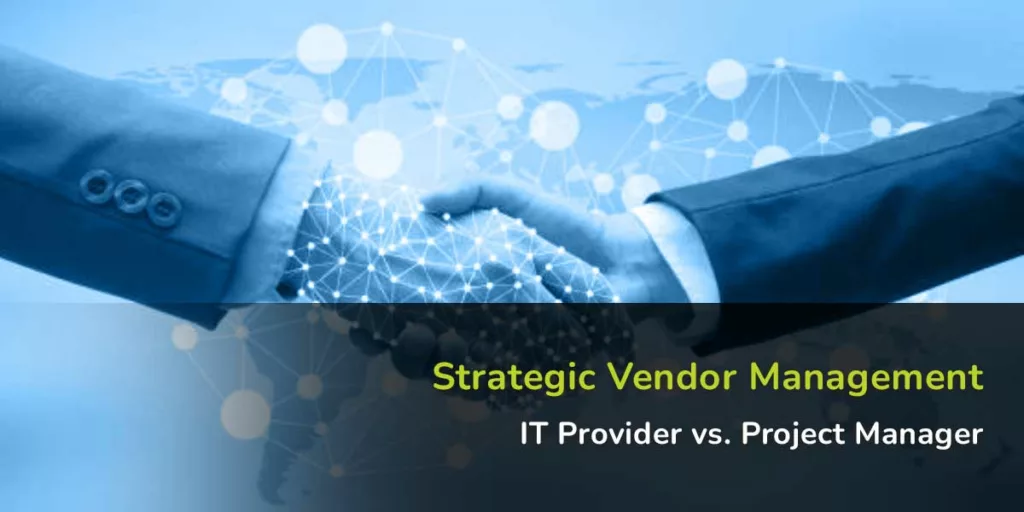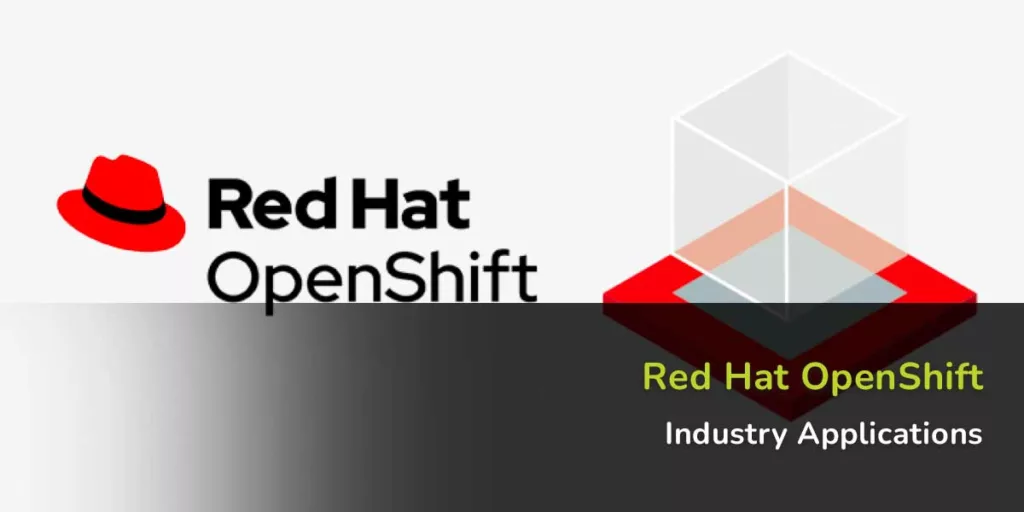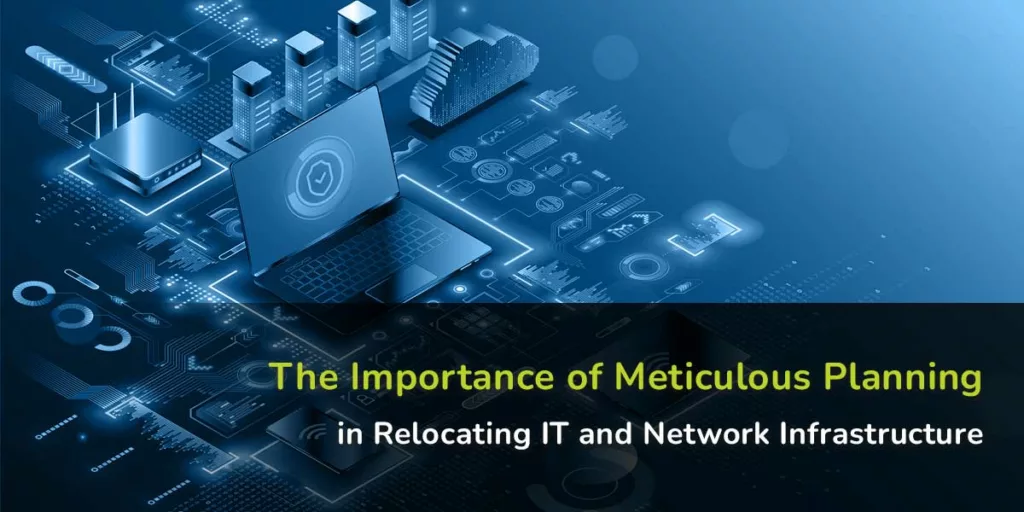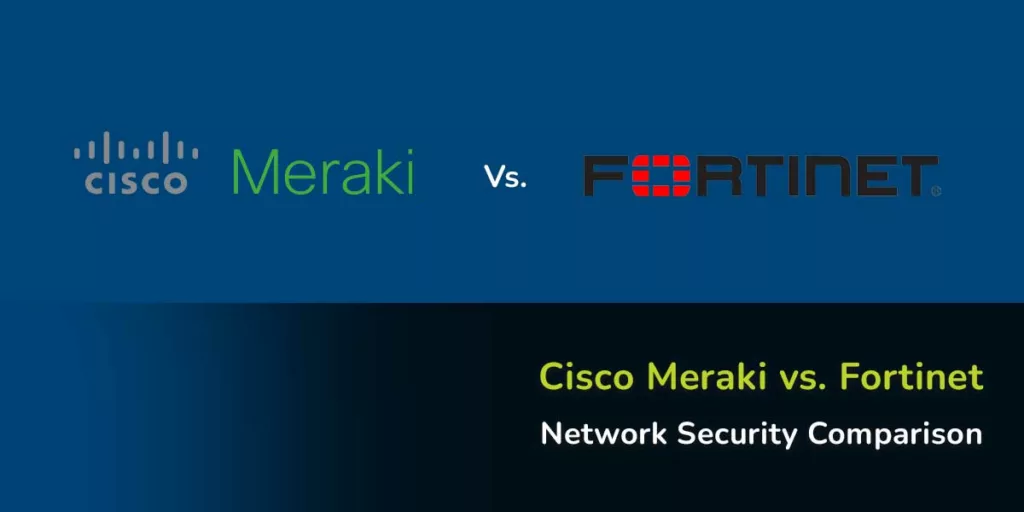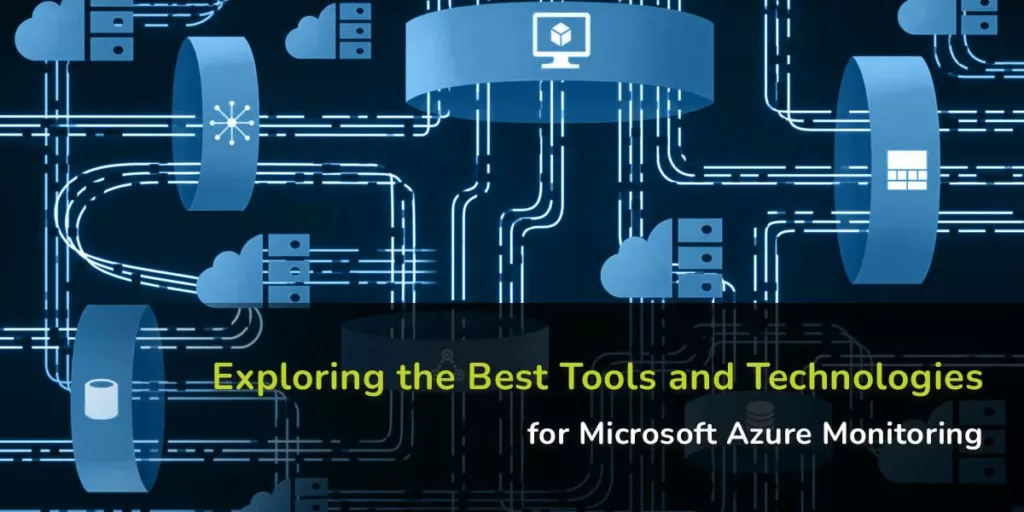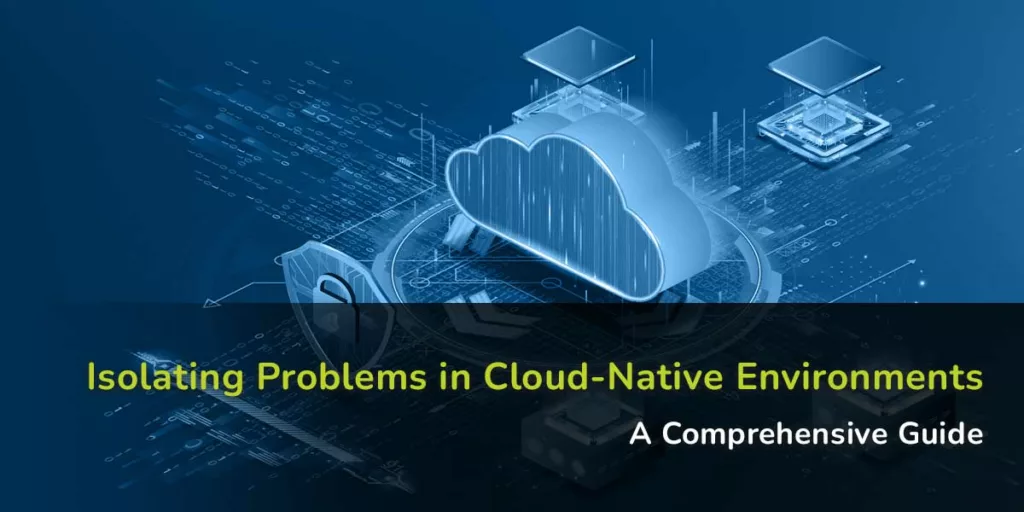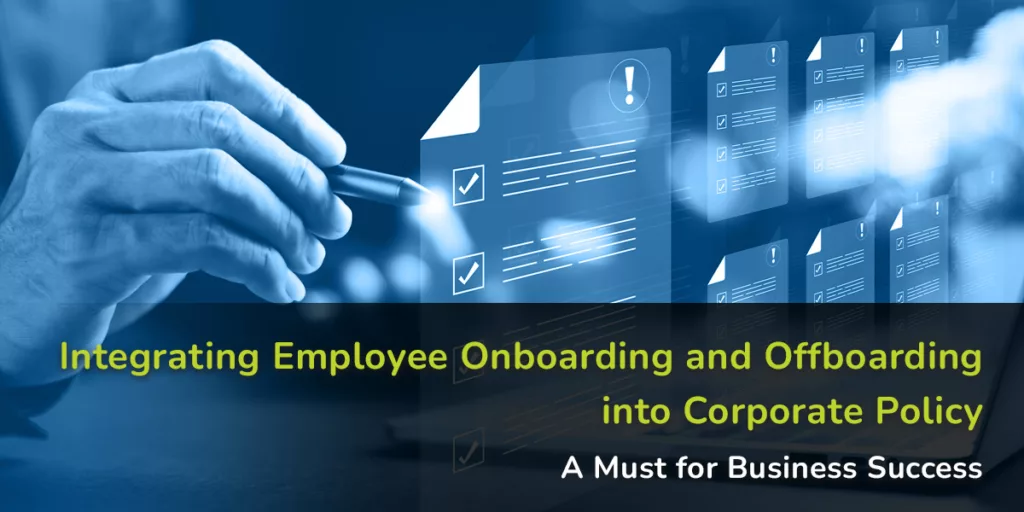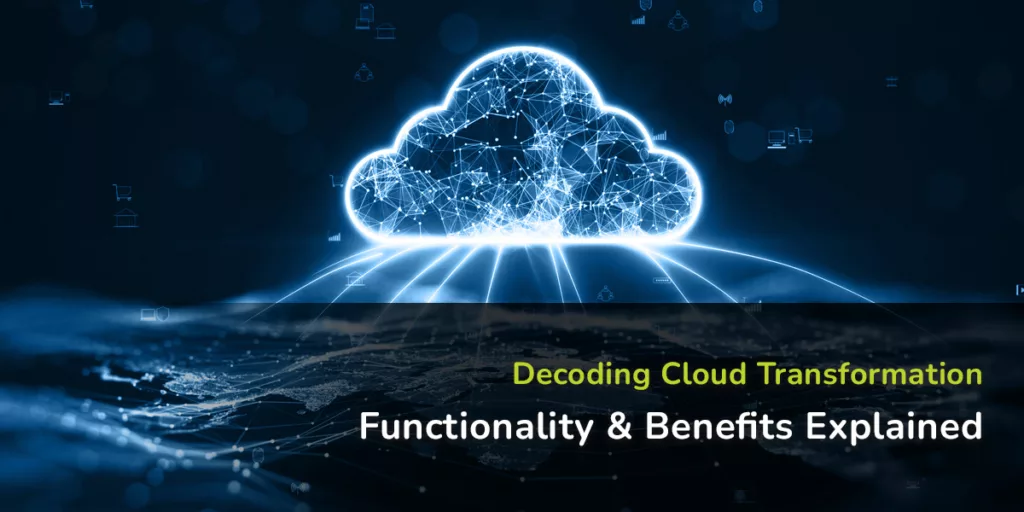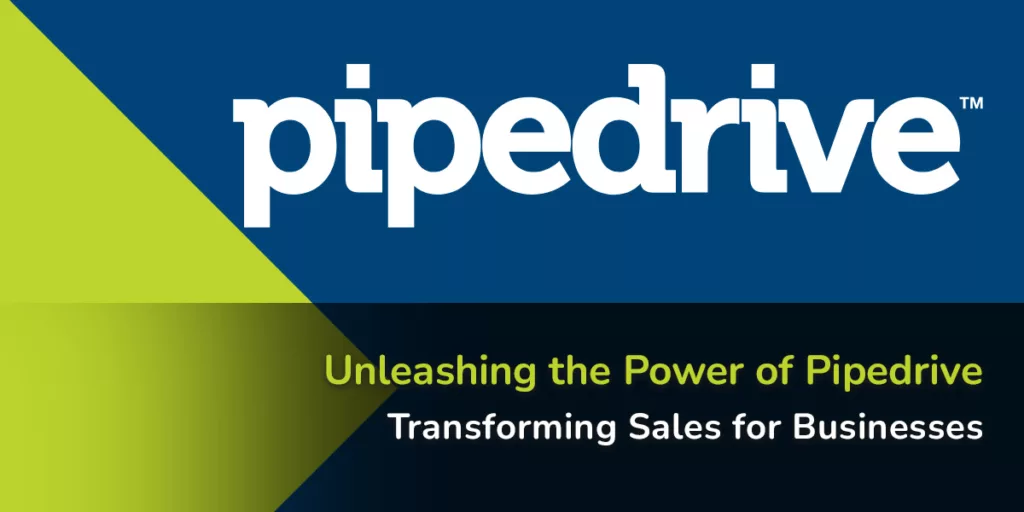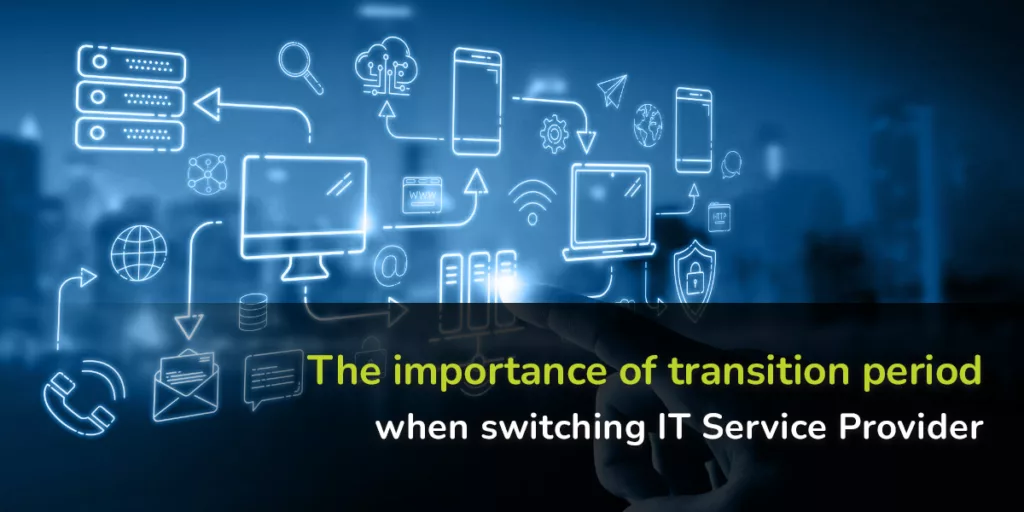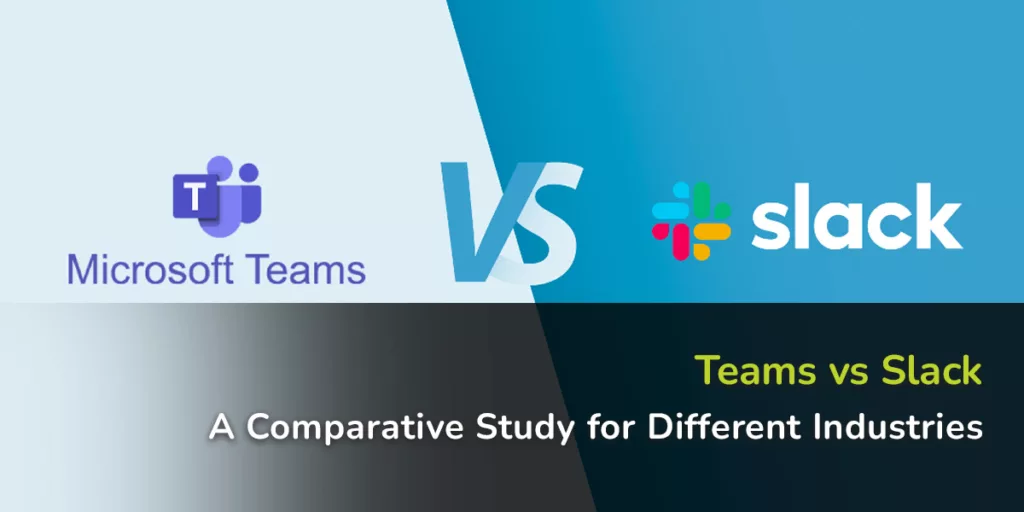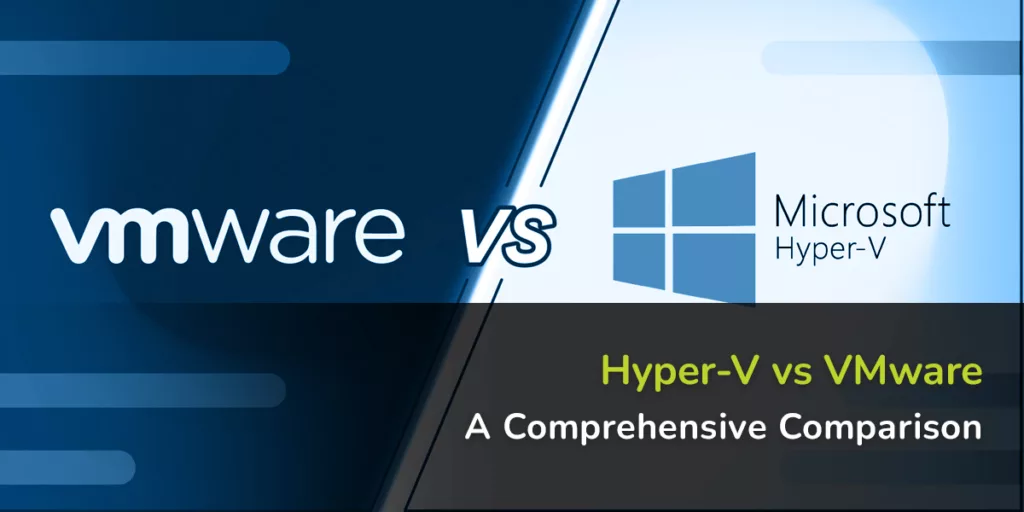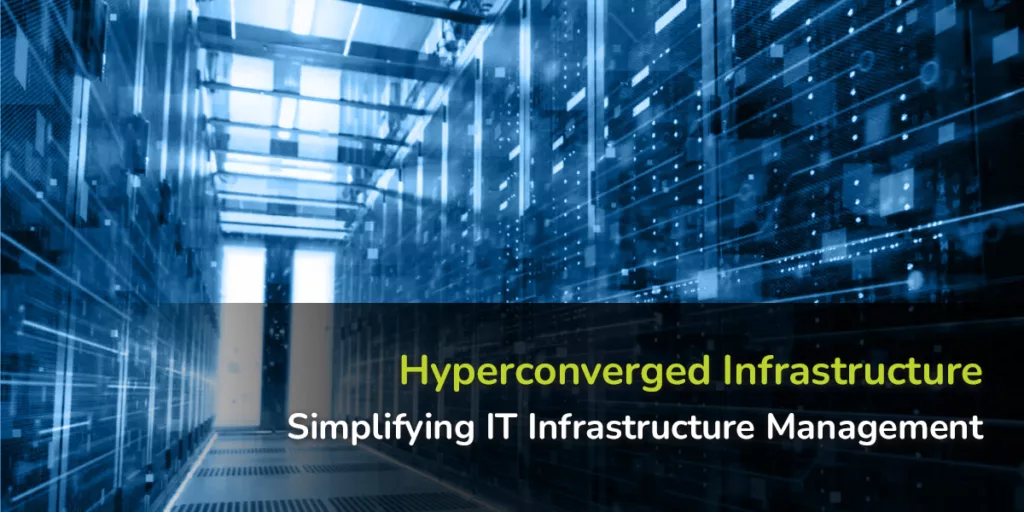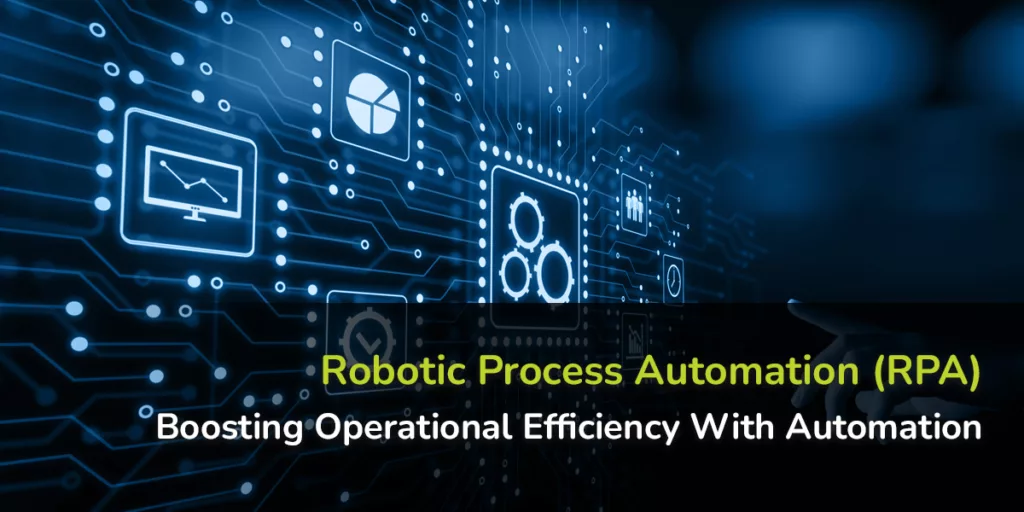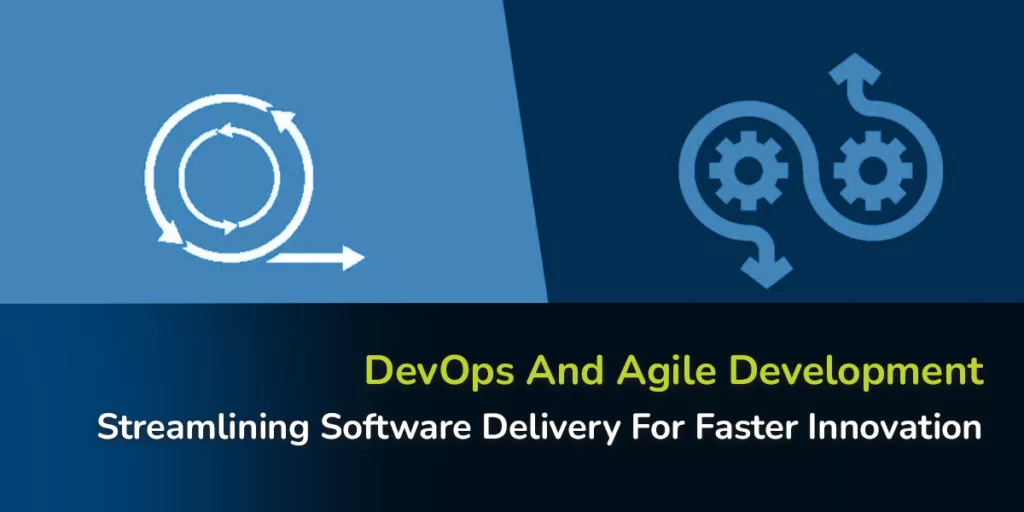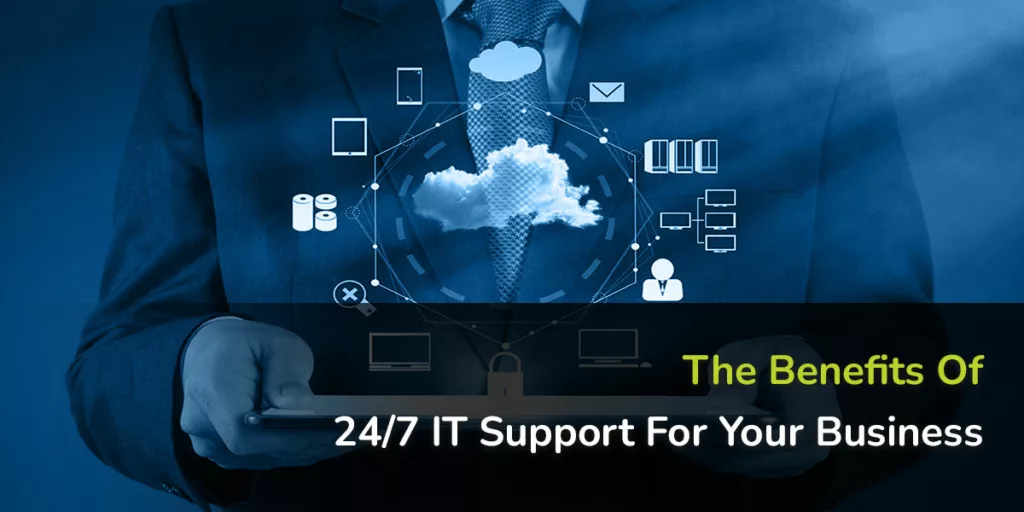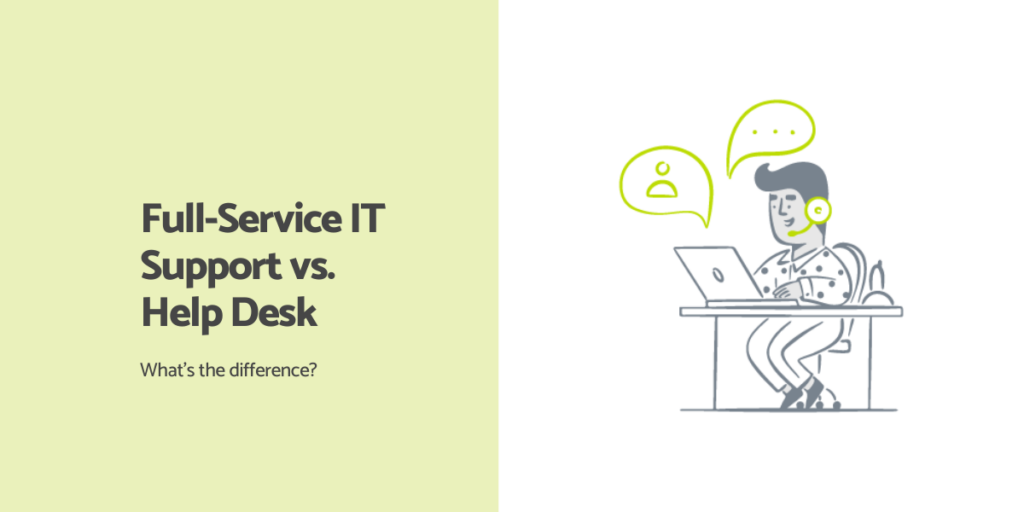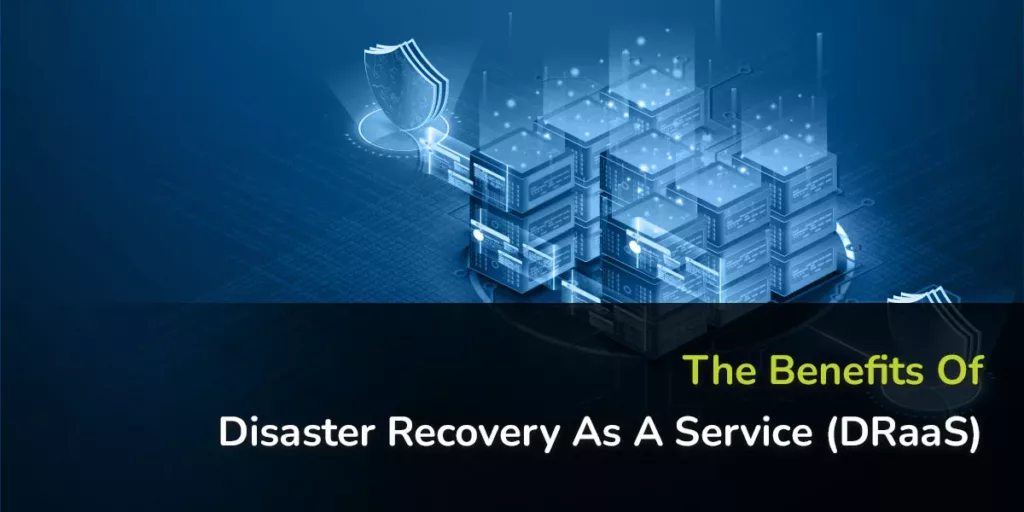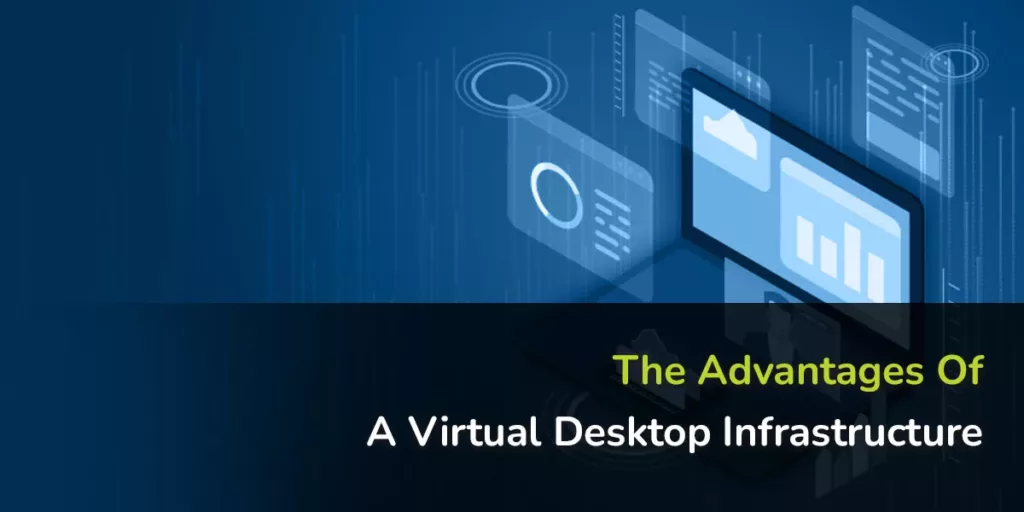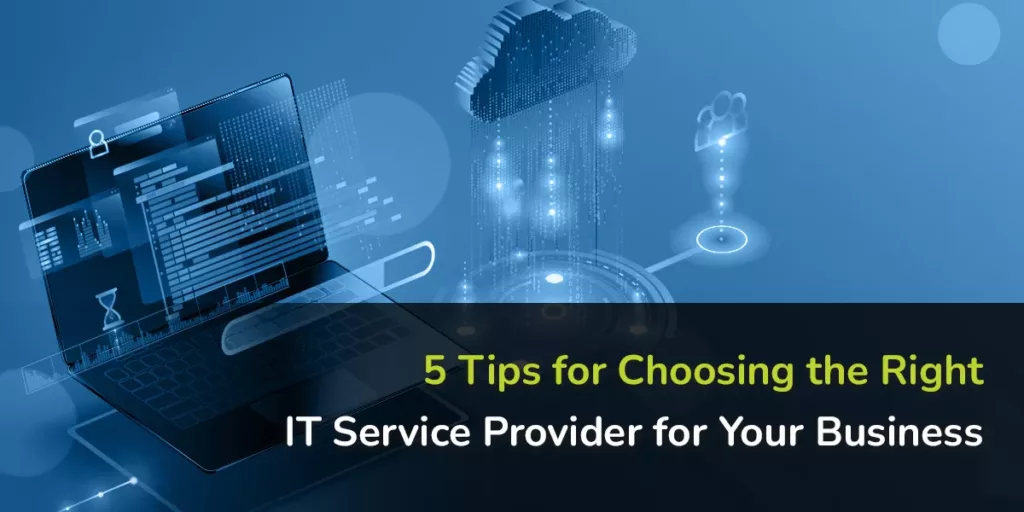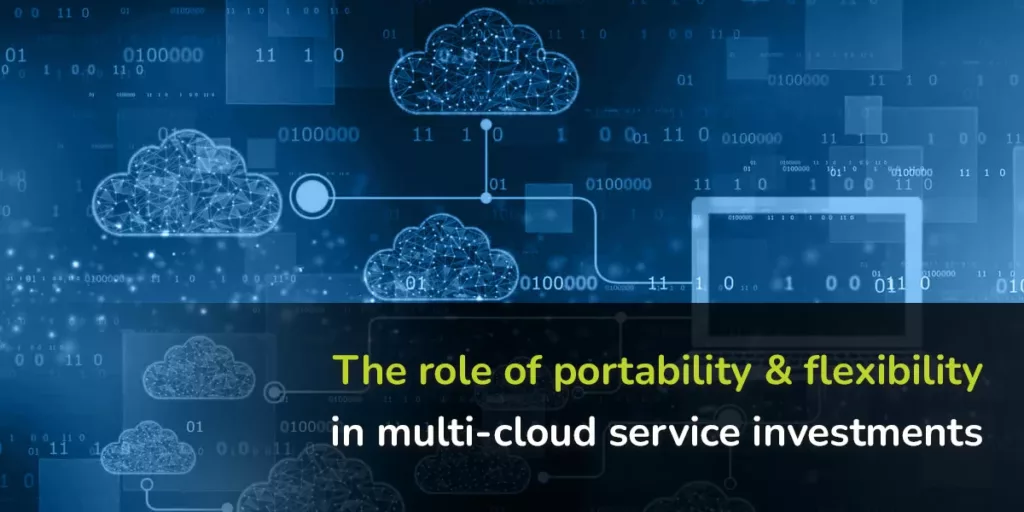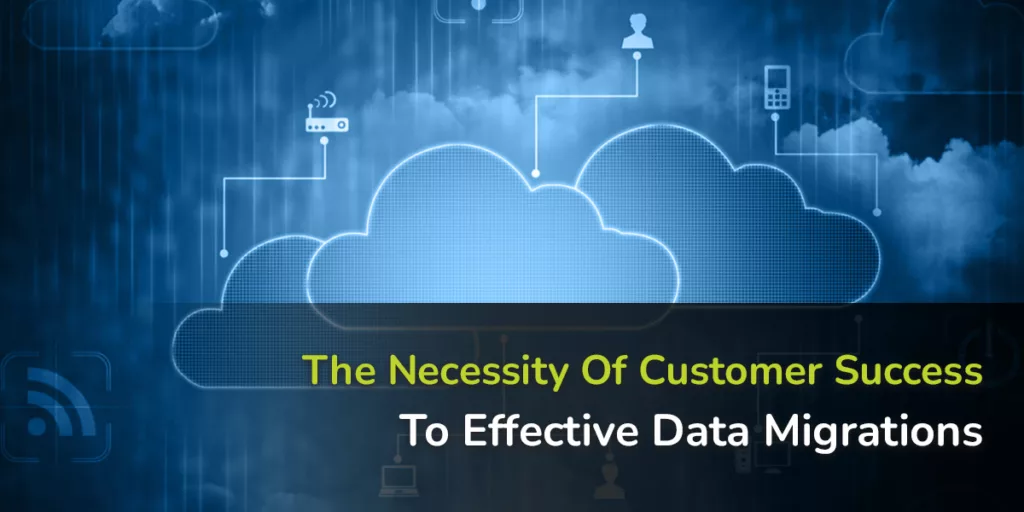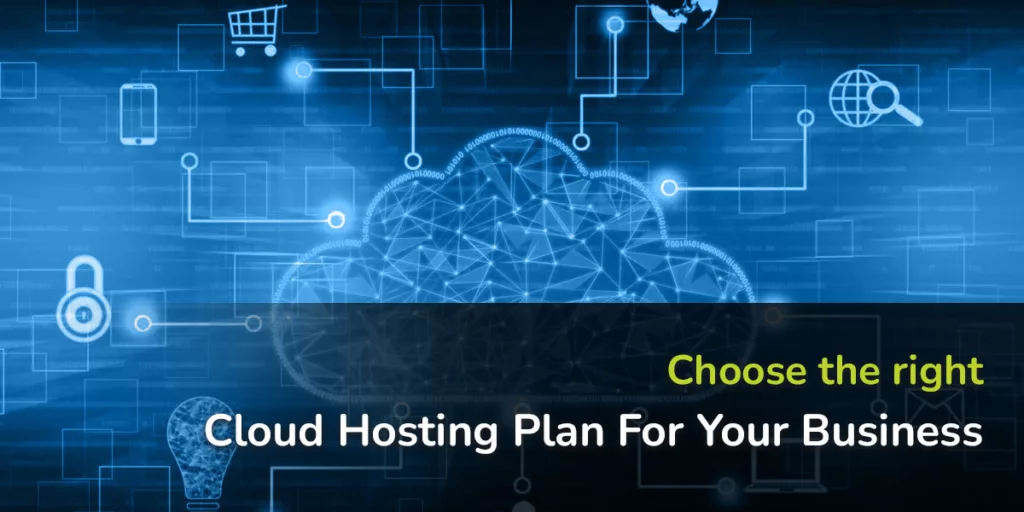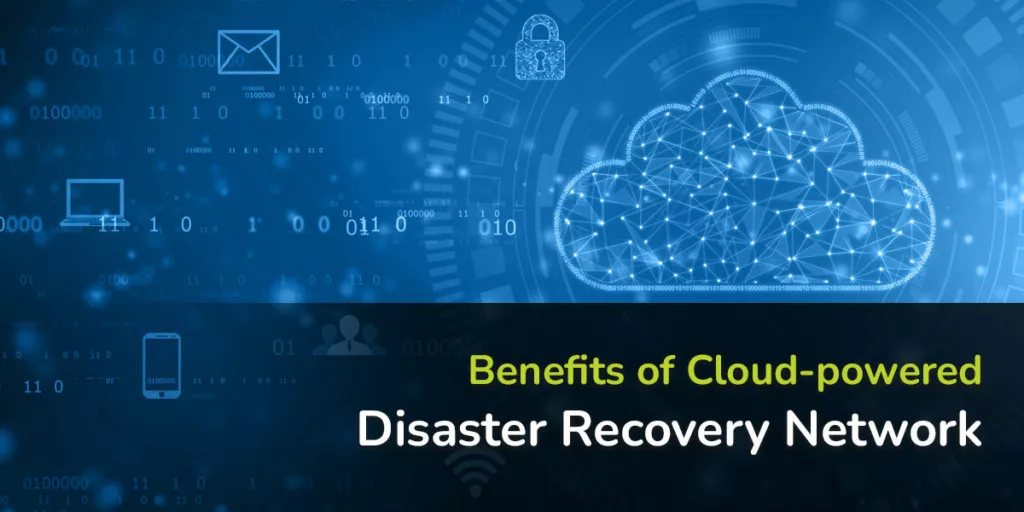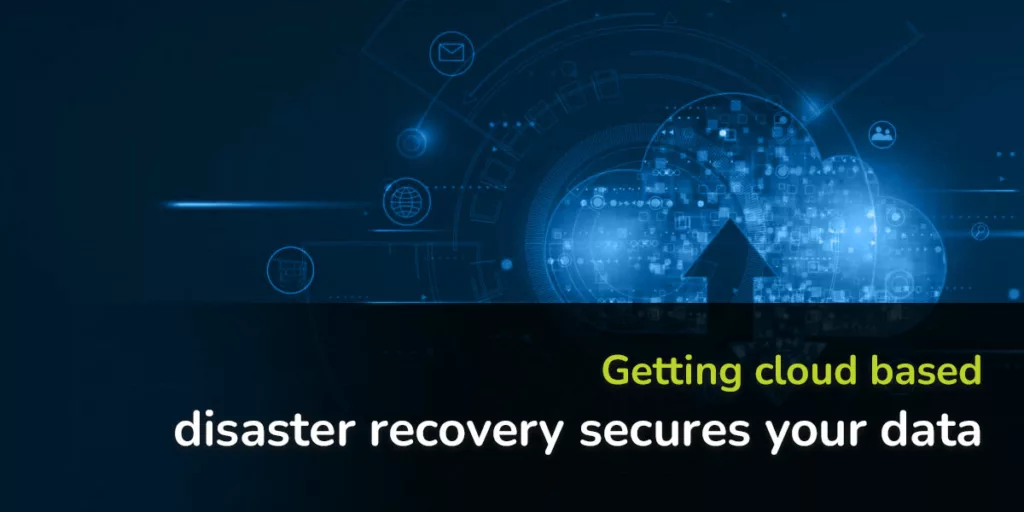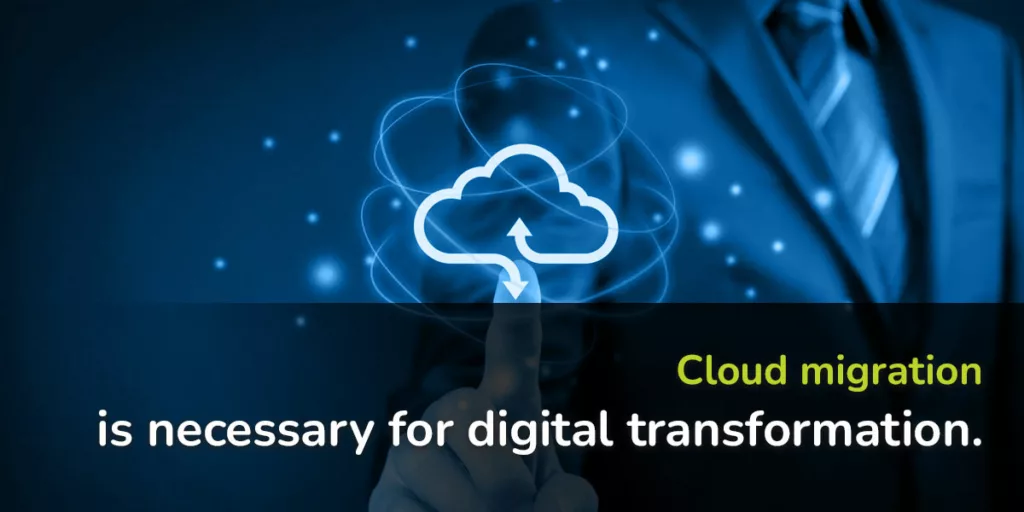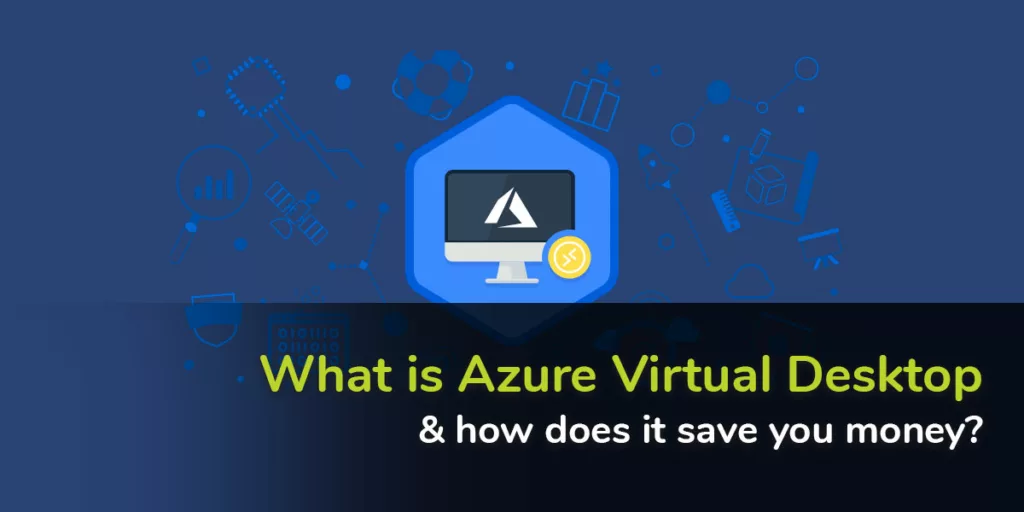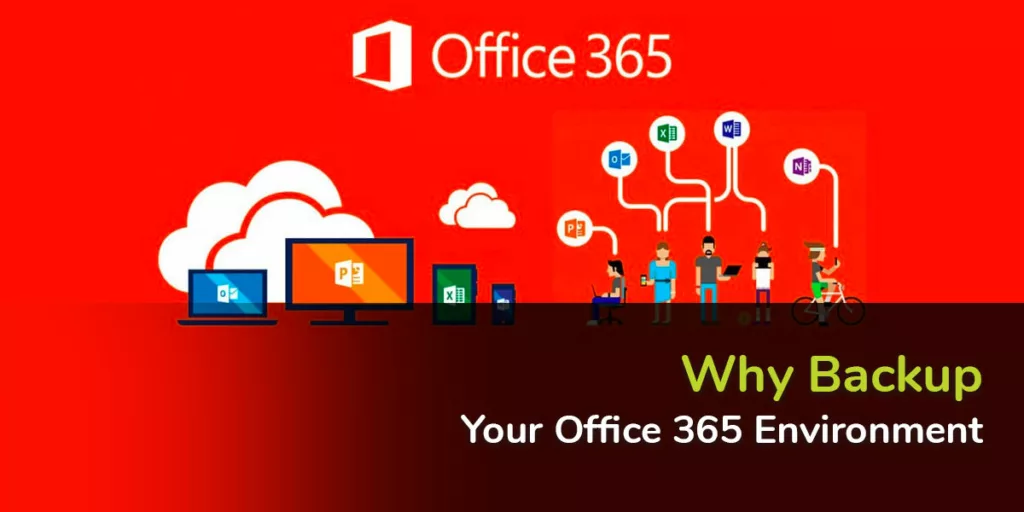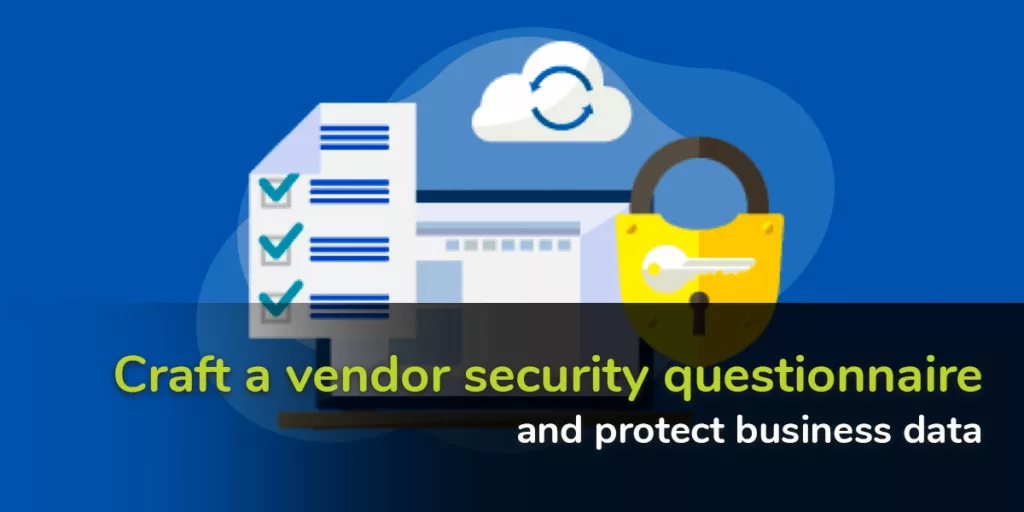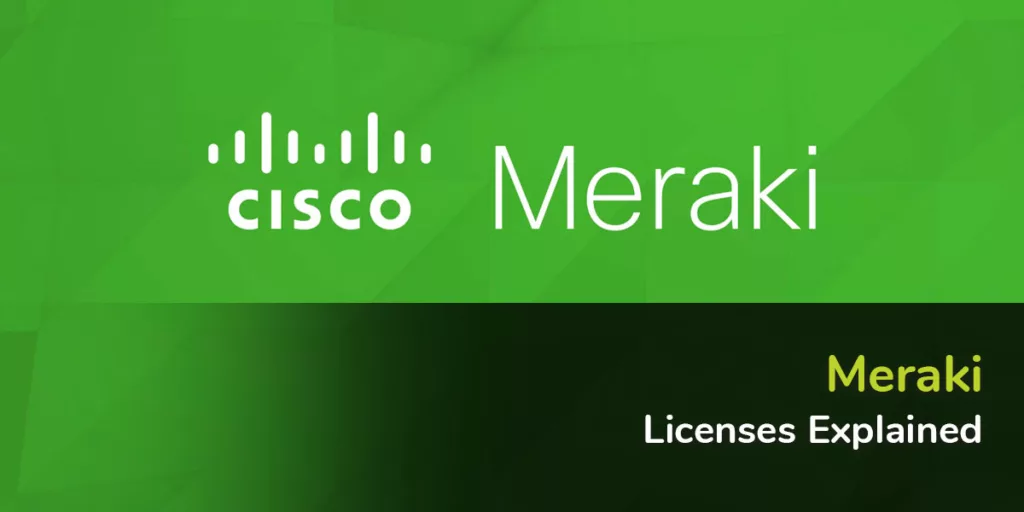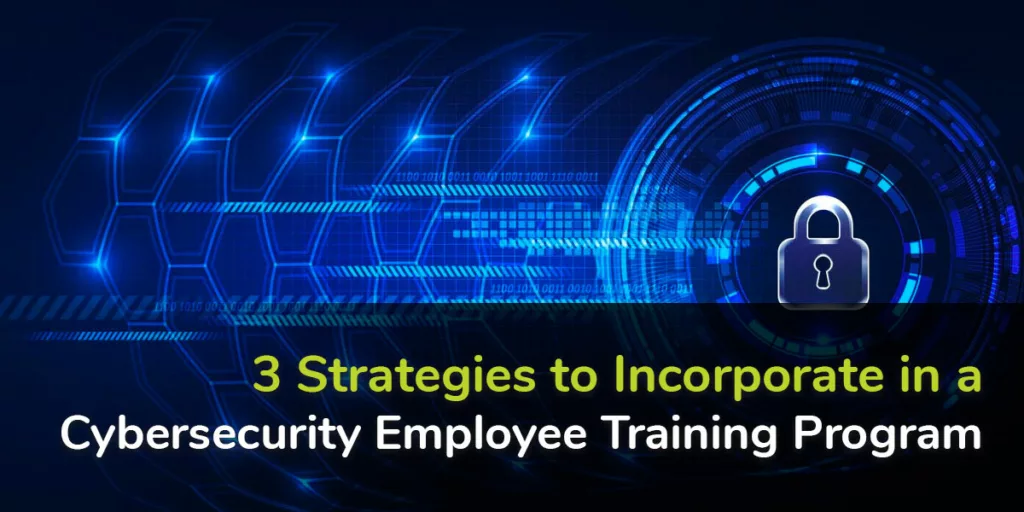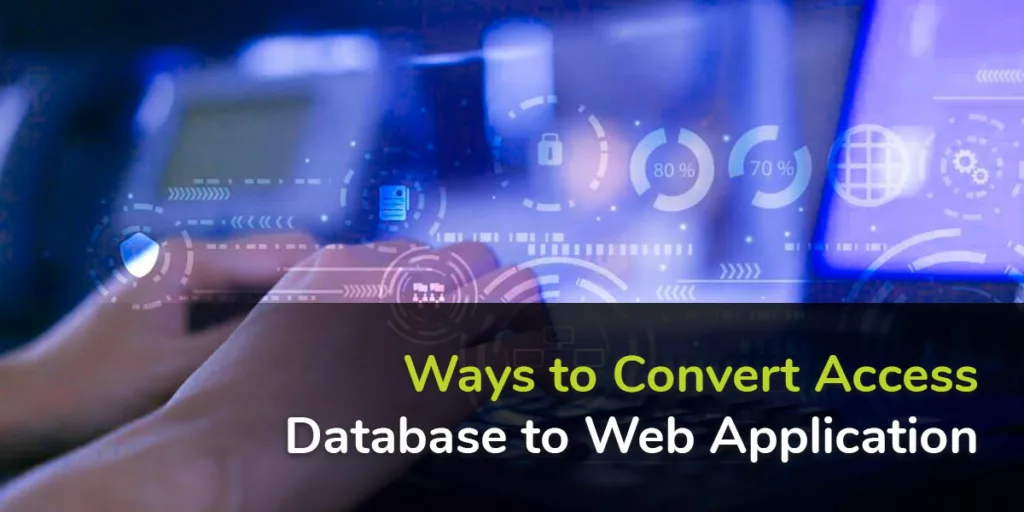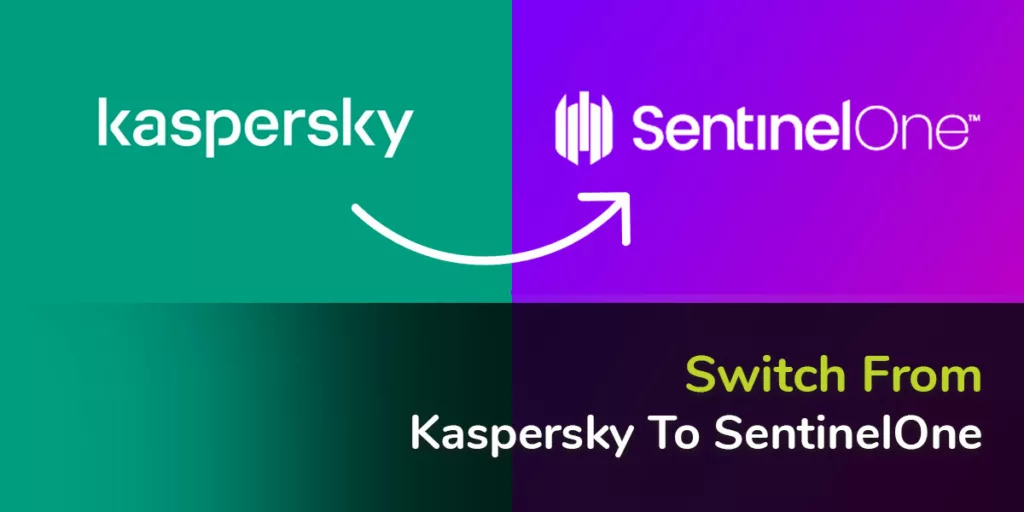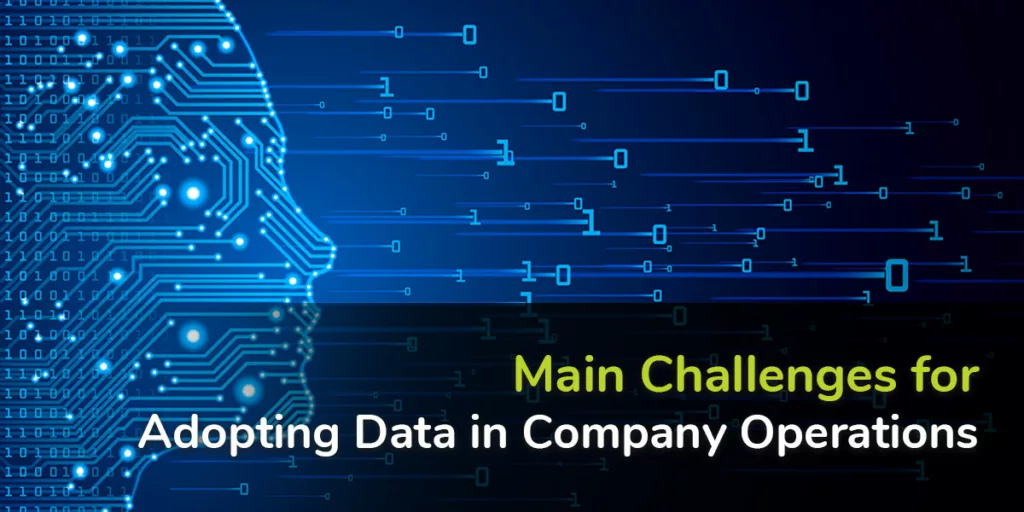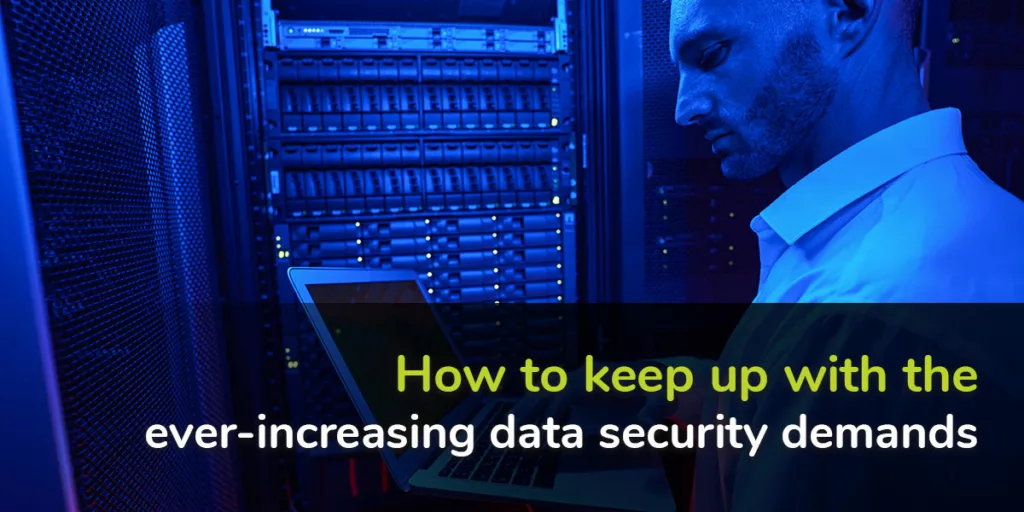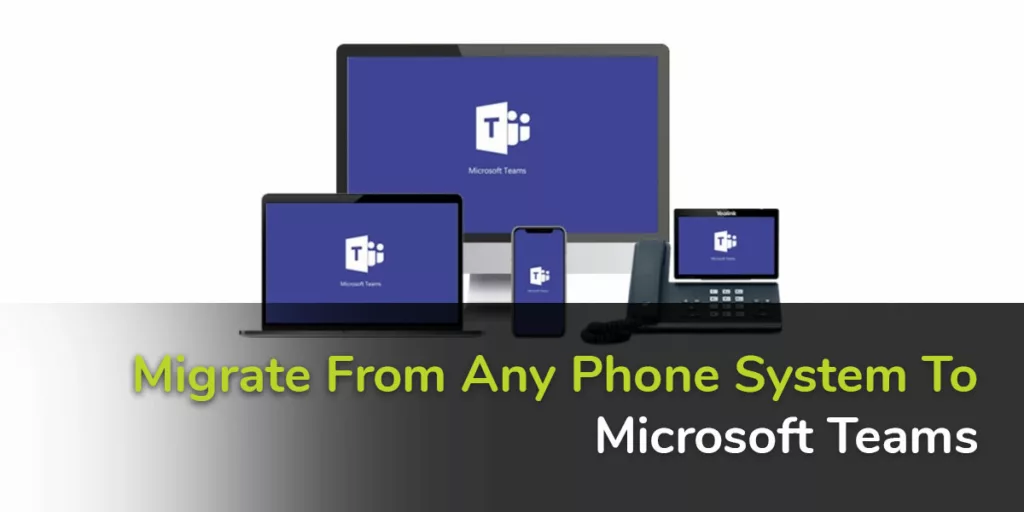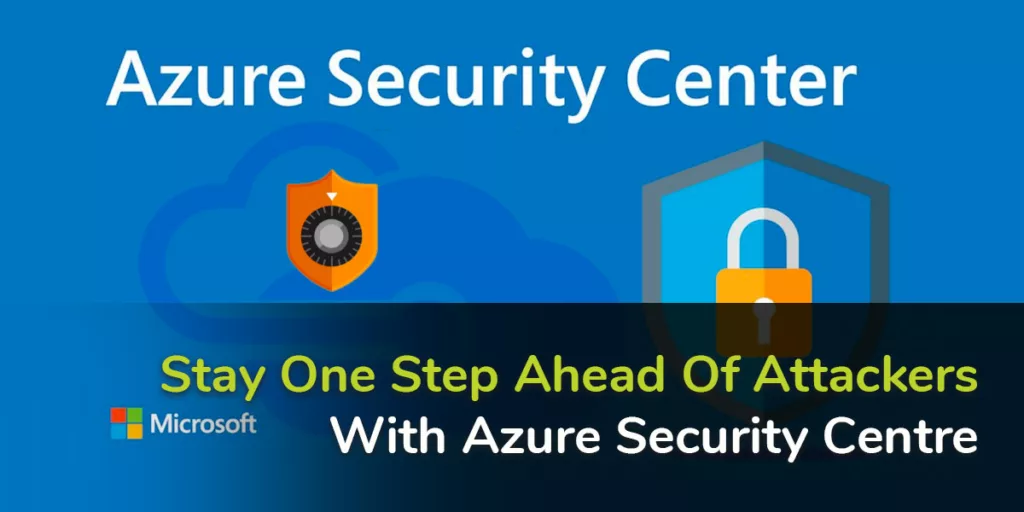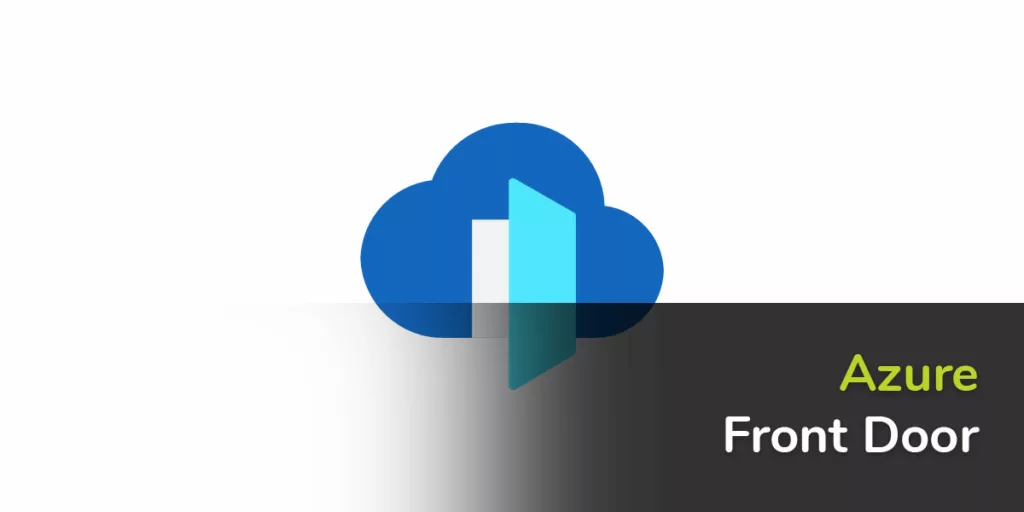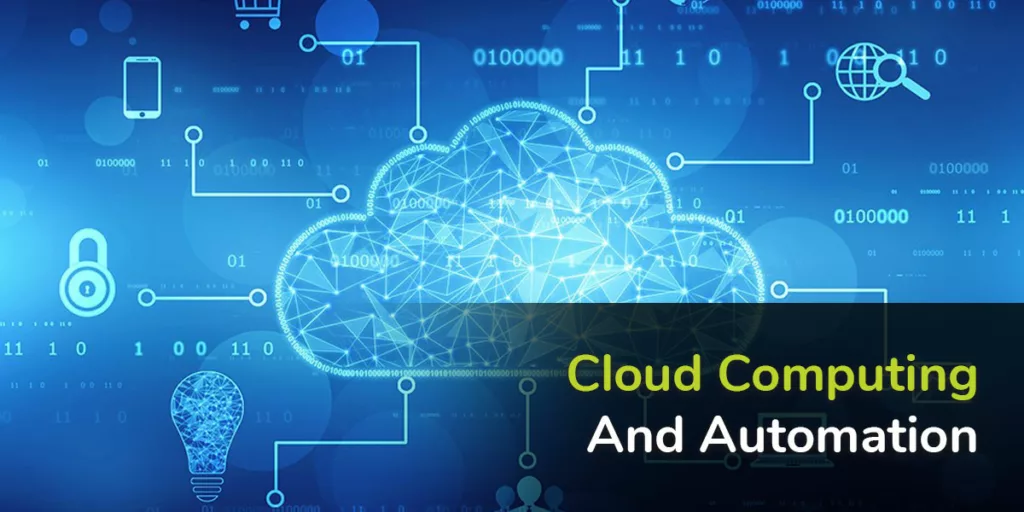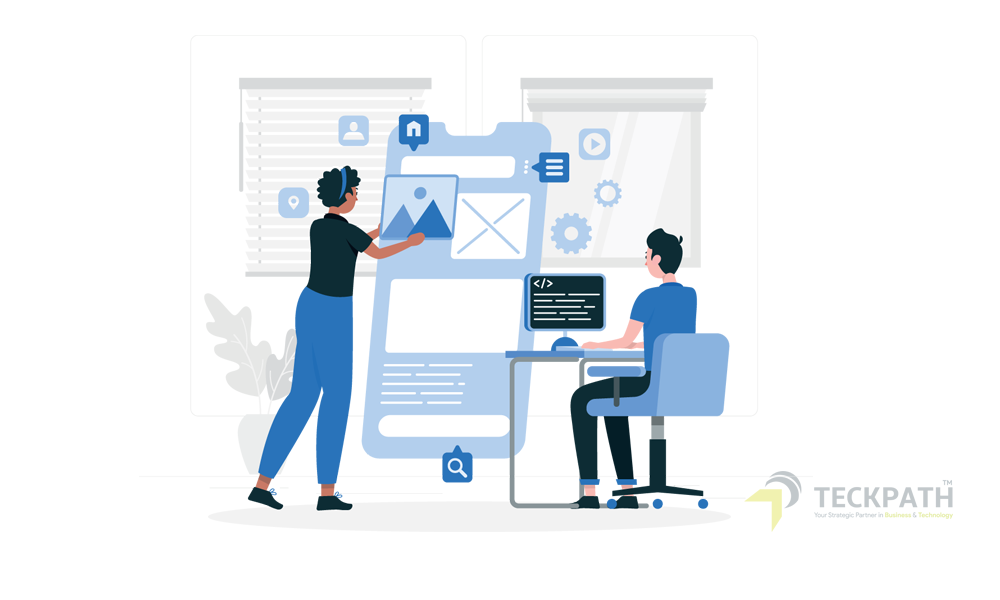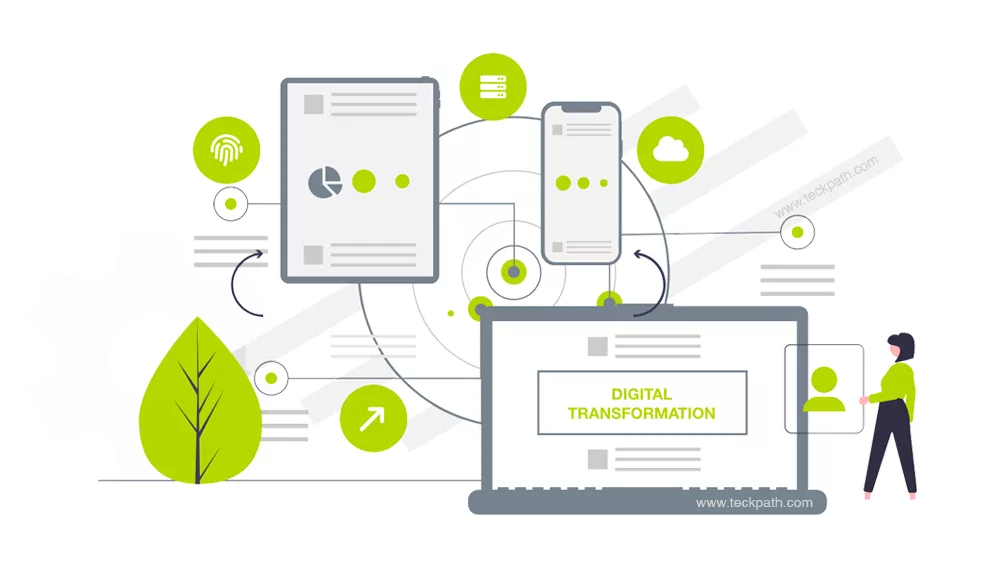Although “cloud computing” has been around for over a decade, many people still prefer on-premises software and
hardware.
Both have their advantages and disadvantages. Before making a decision, let’s weigh the pros and cons of in-house and cloud servers.
On-premise
In an on-premises configuration, the company has full ownership of the hardware infrastructure. The company does server upgrades, maintenance, and purchases. On-premises software is something that businesses have to pay for licenses for and then handle themselves in terms of configuration, upgrades, and maintenance.
On-premise systems need to have an in-house IT team and data centers for implementation, management, and proper upkeep.
Cloud
Services such as online storage, memory, connectivity, and security are all provided by third-party companies in the cloud. Providers will handle all the off-site hardware maintenance. Off late, businesses have shown a lot of interest in cloud-based software and services.
Since cloud service providers perform a wide range of IT tasks, in-house data centers are unnecessary for most businesses. Private cloud deployments can be hosted either on-premises or remotely, whereas public clouds serve several users at once. Clouds, on the other hand, combine the two elements.
There are three main types of cloud services, and they are as follows:
- Infrastructure-as-a-Service or IaaS
- Platform as a Service, or PaaS
- Software as a service, or SaaS.
These days, advances are being made in the development of cloud-based IT systems. It took a long time for companies to make the transition from on-premise to the cloud. There is some discussion on whether or not cloud-based systems are better than those that are hosted on-site.
Concerns about cloud migration have been raised by businesses with on-premises data centers and mainframes. Small and medium-sized enterprises (SMBs) that are just getting started must weigh the benefits of controlling and owning their infrastructure against the costs.
When to choose Cloud?
Ownership Costs
Using
cloud services results in significant total cost of ownership (TCO) savings for businesses, especially medium and small enterprises. Businesses can avoid the high expense of constructing and maintaining their own data center by outsourcing this function to a cloud service provider. Using the cloud, businesses can switch their IT spending from capital expenditures to operational costs, drastically reducing their outlay of capital.
Versatility
The adaptability of public cloud systems exceeds that of on-premises alternatives. The industry’s best cloud providers often include a wide variety of service plans and an option for paying for additional features. A company would only need to pay for the resources it uses in the cloud, such as servers, storage, processing power, and network access. Small and medium-sized businesses (SMBs) might benefit from this adaptability if they lack the funds for dedicated hardware and network infrastructure.
Scalability
When compared to traditional data centers, cloud infrastructure does not require the purchase and installation of additional physical servers to accommodate rising demand. Cloud-based virtualization allows IT admins to dynamically provide and release resources. Organizations that experience frequent demand spikes or unexpected resource consumption fluctuations often benefit from the ability to quickly expand or contract their infrastructure as needed.
Upkeep
Cloud services in the public sphere are often managed by private companies for a fee. According to the kind of service provided, cloud providers can take up the task of updating cloud-based software and hardware, freeing up time and resources for internal IT departments. With the cloud, small and medium-sized businesses (SMBs) can save money on hardware and cut down on the staff they need to maintain their infrastructure.
Disaster Recovery and Data Backup
Data backup and restoration services are offered by reputable cloud providers. The cloud disperses both infrastructure and data among several remote data centers. Businesses don’t have to worry about losing data in the event of a natural catastrophe or the failure of a critical piece of local equipment. Keeping backups offsite at a distant data center is both inconvenient and expensive for businesses.
When to go for an on-premise set-up?
Although there are many benefits to using the cloud, many companies still choose to build their private clouds and on-site data centers. As a whole:
Visibility/control
Many companies are hesitant to entrust an independent provider with their data and systems. Hosted applications and deployed infrastructure on-premises allow businesses to control their data and technological stack. They have the authority to manage software and equipment deployments, choose computers as well as other hardware, and get the necessary access.
The cloud is a service that offers virtualized infrastructure without requiring users to manage or maintain the underlying hardware. Businesses will rely on the cloud service provider to resolve any problems that may develop.
Security
Cloud data security providers adhere to stringent security guidelines and use cutting-edge security technologies. Suppliers will still have access to data as long as it is stored on their systems until zero-knowledge encryption is implemented. An attack on a cloud provider’s data center might put its customers at risk.
Compliance
Industries subject to stringent regulations, such as the healthcare sector’s HIPAA regulations, need to be cautious about the locations of their data storage facilities. When data is stored locally, on-premise deployments make governance and data localization much easier. Multi-user cloud architectures may not be an option for certain businesses owing to privacy protection or other compliance concerns.
Performance
Maintaining IT resources in-house allows businesses to sidestep slow connections and other problems associated with the internet. Cloud infrastructure, with its remote servers and shared resources, may not provide as high-quality performance as on-premise deployments. Productivity on the cloud and user experience relies heavily on access to fast and reliable internet. In-house hardware may be the best option for a creative agency that regularly handles large CAD files and does substantial graphic development.
Constraints and personalization
On-premises, tailor-made services are an option for businesses. Not feasible with generic, cloud-based service providers. With an on-premises setup, you’re not tied down to a single provider. It is difficult and expensive for small and medium-sized businesses to migrate their equipment and applications across different public clouds.
Conclusion: In-house vs. cloud-based, which is better?
After weighing all the benefits and drawbacks, it’s hard to declare a winner in this debate. For a small business with few assets, establishing an in-house computing infrastructure and staffing it with a dedicated
IT team is unnecessary. For niche industries that require custom solutions or additional oversight, a cloud-first approach may not be the best option.
